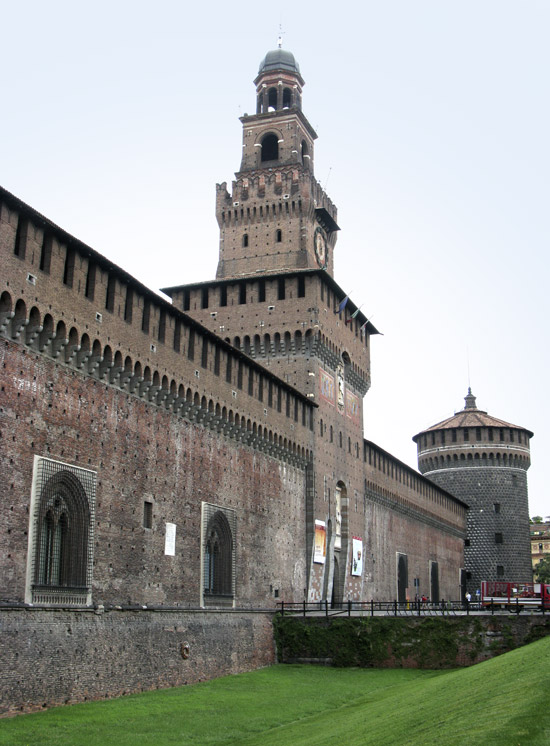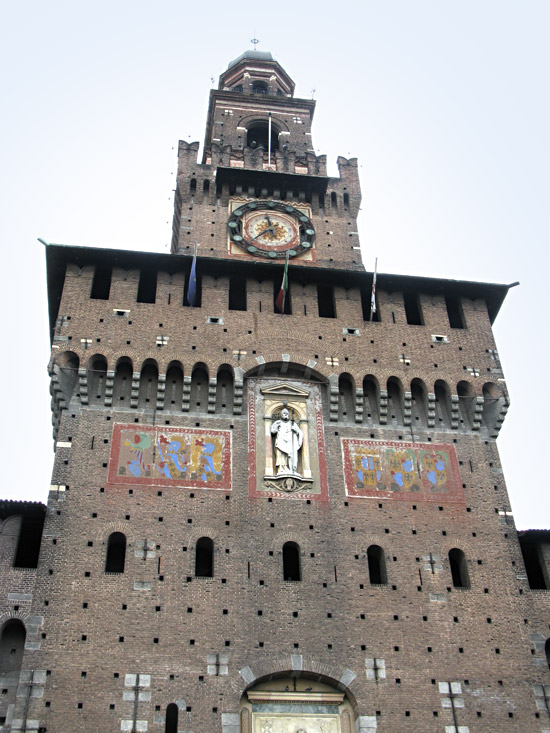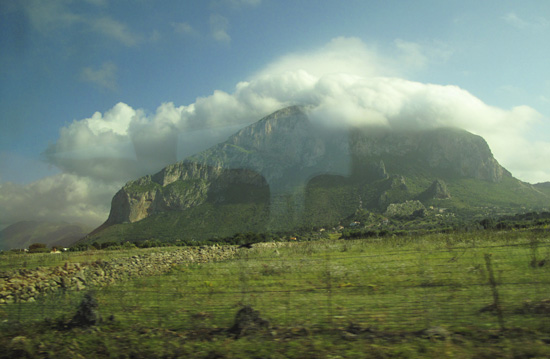
In Sicilia!
Stepping outside the doors at the airport in Palermo, Sicily, I smelled the salty, sea air.
Riding a bus from the airport into Palermo, the Mar Tirreno – Tyrrhenian Sea – was on our left, and this rocky mount on our right.


Stepping outside the doors at the airport in Palermo, Sicily, I smelled the salty, sea air.
Riding a bus from the airport into Palermo, the Mar Tirreno – Tyrrhenian Sea – was on our left, and this rocky mount on our right.

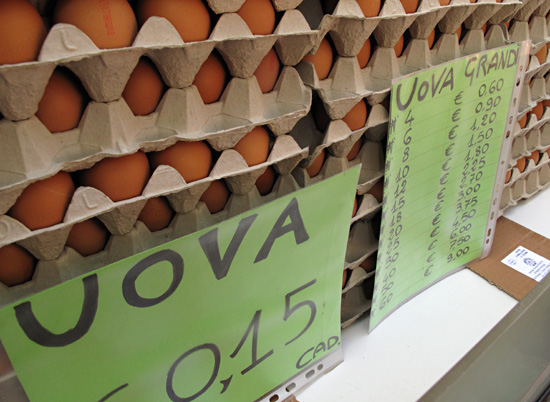
I had seen this woman selling fresh eggs at the Saturday Market last year, too, but neglected to shoot a video because I was standing there spellbound.
She grabs a large square of egg carton, slices the needed size, then plucks and places the eggs requested. I marvel at how fast her hands fly and at the intriguing and innovative ways she wraps the rubber bands, which is a bit hard to see because she moves so quickly. Watch for that second little wrap she puts on each short side.
How many sales every Saturday morning? How many times has she made this wrap?
She wraps any combination of 2 eggs. How about 10?
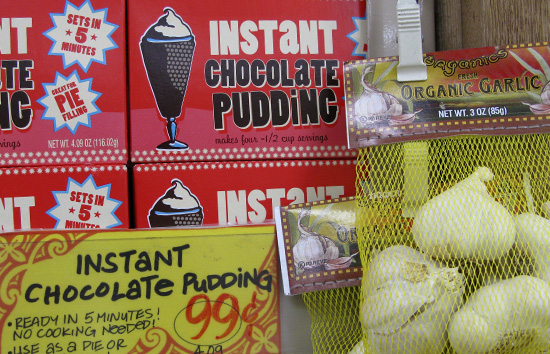
While you’re shopping for Chocolate Pudding Mix, don’t forget the garlic! Really? I’m still scratching my head over this one. I asked the guy stocking shelves and he said they hang garlic all over the store. OK…

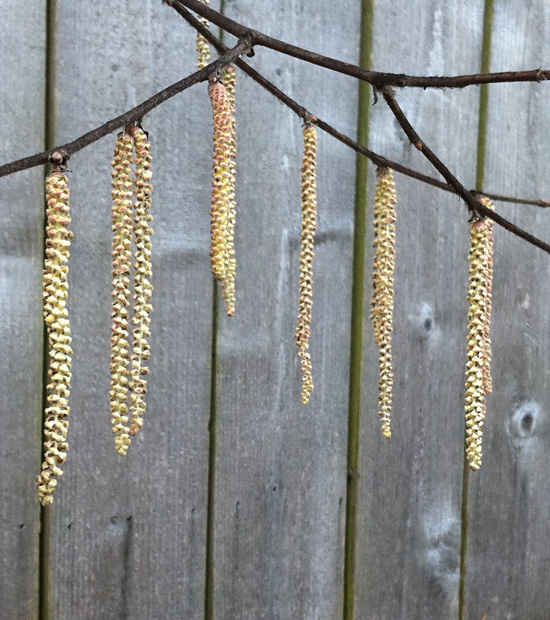
In spite of the snow and hail that keep passing through… and the continued temperatures in the 30s, signs of springtime surround the observant ones here in Seattle. Swelling buds on trees and daffodil stalks. Wild violets blooming. Lenten roses braving the cold. And deciduous catkins popped open, lengthening out and pendulous.
A year ago, after enduring a long, gray, cold, wet winter in Milano, I felt we had all earned our Spring! We’ve earned it here, too, and these little emissaries of warm-days-to-come thrill my spirit.


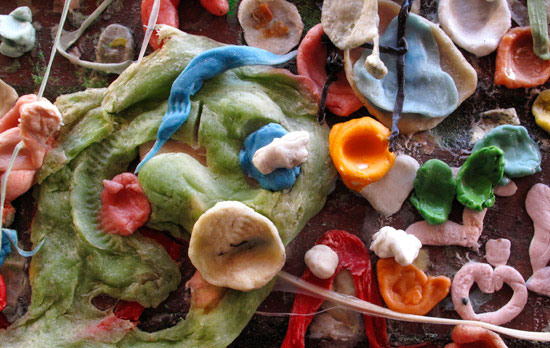
As a designer and photographer, one of the most stimulating aspects of being in Italy was its visual lushness. Every surface and every structure caught my eye. (Hence, the 16,300 photos I shot in my almost-14-months there!) Before leaving Milano, I told a few friends back home that I was concerned I’d be visually bored once I returned to Seattle.
One friend, David, “The Computer Guy”, offered to take me on a tour of 100 quirky and wonderful things to see in Seattle. It would be a way of seeing Seattle, my birthplace, with fresh eyes. Now that I’m finally coming up for air from resettling, and blessed with blue sky Fall days here, we had our tour last Friday.
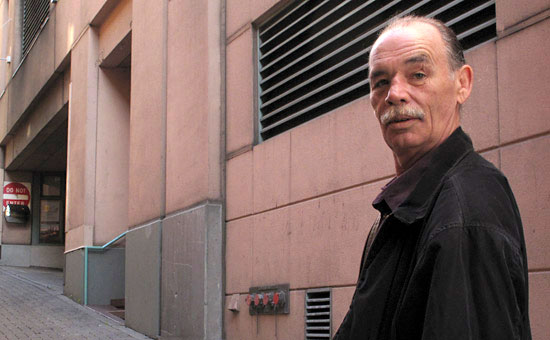
David and I met up at the International Fountain at the Seattle Center, ready to begin our 4-hour, fast-paced whirlwind through the city. (This is a tour he used to make with his son when he was little.)
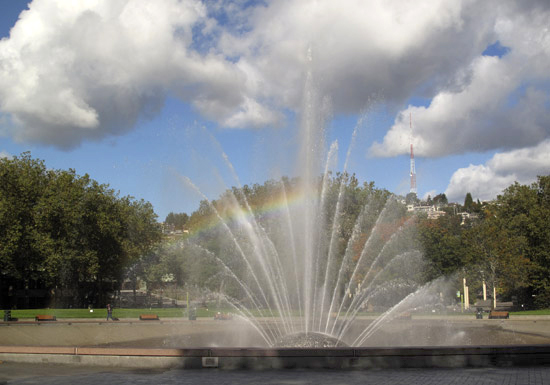
After checking out the rainbow arching over the fountain, we walked through the Center House food court to the Monorail entrance. We bemoaned the absence of the old Bubbleator that used to rise through the middle of the Center House floor.
It’s been years since I’ve taken a ride on the Monorail, and I’ve never made the trip as it now passes through EMP-Experience Music Project/Science Fiction Museum, designed by architect Frank Gehry.
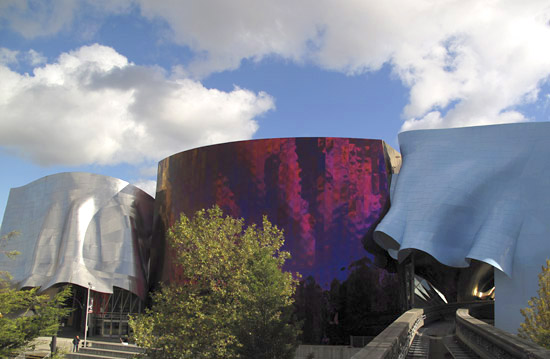
.
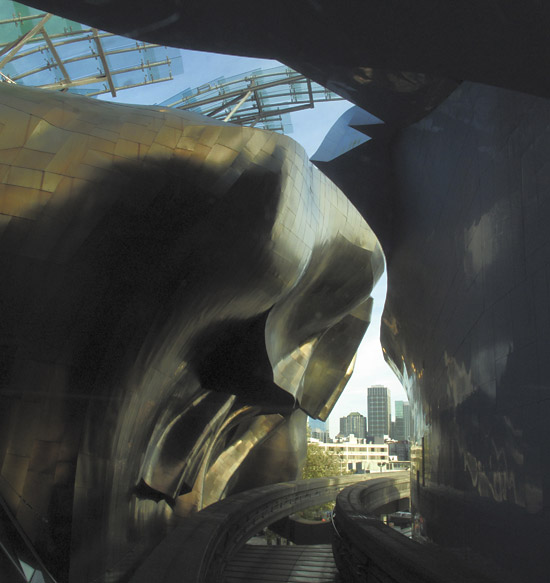
The Monorail’s elevated tracks snake the short distance from the Seattle Center in the lower Queen Anne neighborhood, into the city, past the “Darth Vader” building (on the right, below). (Seattle also has the “Norelco Shaver” and “Ban Roll-On” Buildings, named for their evocative shapes.)
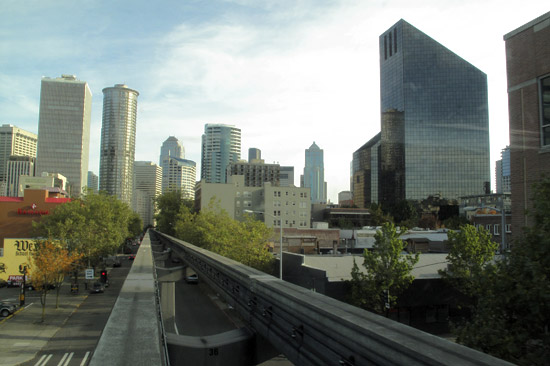
After a short ride, we arrived at Westlake Center, a 4-story shopping hub just a few blocks from the Pike Place Market. We wound through the lunch crowd for a quick pit stop before we began at Westlake Station for our ride through the Seattle Transit Tunnel.
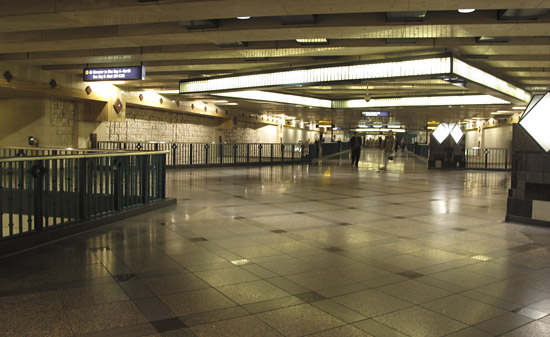
Every tourist and every local should take a free ride through this well-rendered tunnel.
From King County’s Web Site: “The tunnel has five stations. One of the first mysteries of station design was which came first, the art or the architecture? It’s difficult to separate the two. That’s because a lead artist worked with a lead architect to develop the distinctive art and architecture for each station.
“Metro eventually commissioned 25 artists to create more than 30 artworks for the tunnel, stations, surface streets, and sidewalks. The artists worked with Metro’s tunnel project consultant-Parson Brinckerhoff Quade and Douglas Inc. and architecture subconsultant TRA. Together they created the ‘art-itecture’.
“Each station is a representative slice of the neighborhood it serves. The architects and artists wanted people traveling through the tunnel to know where they were below the city by looking at the architecture and design features of the station they were in.
“The designers achieved that goal by studying surrounding businesses, buildings and uses, then creating designs reflecting those elements. Some features are subtle, and others much more noticeable.”
Design and aesthetic details found in the Transit Tunnel are too numerous to list. The roster of artists and architects, and their contributions, is lengthy. There is both “Art with a capital A”, as well as visuals inconsequential to most but artful to me.
(Click through the left-hand side navigation on this Station Art page to read discussions about the art and treatments of each transit station.)
At the University Street Station, beneath Benaroya Hall, is “Saccodoscopoeia” by Bill Bell, perhaps the most intriguing thing I saw all afternoon. Easily dismissed as just a granite wall with vertical rows of LED lights, with a little further exploration, this piece surprises the mind and eye with imagery and words revealing themselves through a “persistence of vision” trick. Move your head back and forth quickly and Seattle-specific icons appear, hovering in front of the wall. David’s trick is to stand 20 or 30 feet away from the wall and twirl on your toes a couple of times. The resulting dizziness causes the eyes to flicker and the images appear readily! (I was amused to think of the security cameras capturing our spinning in circles.)
Here’s the wall, at a glance. When I stood close to the lights and held my camera up, the images flashed quickly in my screen several times, but I wasn’t successful at getting a shot.
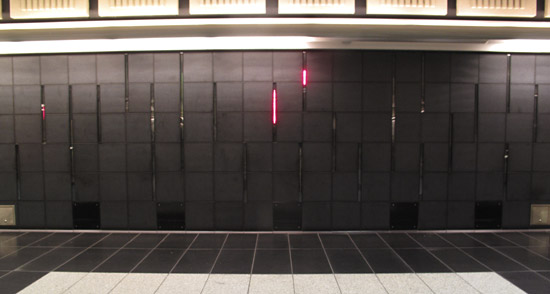
We saw big clocks, distinct at each station and all set to high noon. I appreciated the stenciled compass roses painted on the roadway. How appropriate and helpful for knowing “which end is up”.
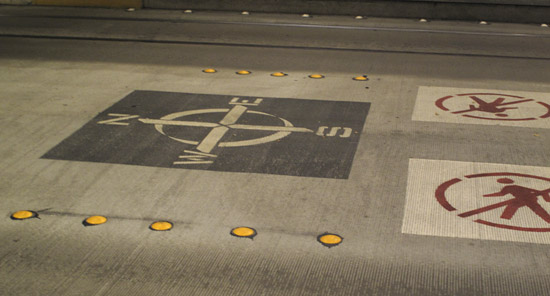
Benches, of course, are all “sit but don’t lie” in their design, discouraging naps and nighttime lodging by those without a better place to sleep.
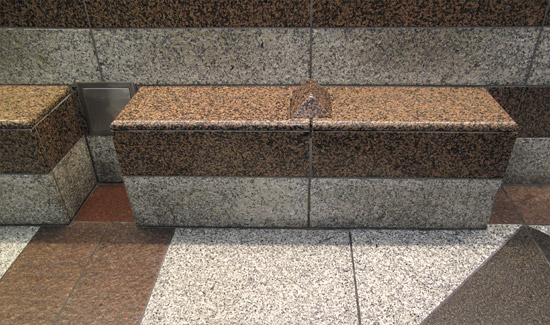
Though each station features distinctly different artwork, one element that unites all stations is the sandblasted braid created by artist, Norie Sato. It’s meant to be part of the cueing system for the visually-impaired, but I found it so subtly low-relief that I question its effectiveness for that purpose. I loved it’s visual addition to the tunnel stations, though. And the varied, patterned stone paving reminded me of what I’ve seen in Italy, France, China and Nicaragua. I’m all for visually-rich floors, sidewalks and roadways instead of monotonous gray concrete expanses.
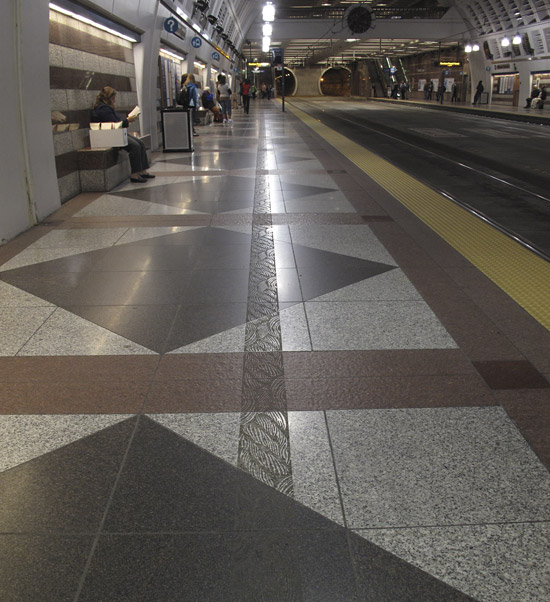
We rode Metro through the tunnel from Westlake Station to the International District, popping up at the other stations along the way. Rising up out of the tunnel at “Chinatown“, poetry was sandblasted into the stair risers. This word “venture” seemed appropriate for our day’s tour.
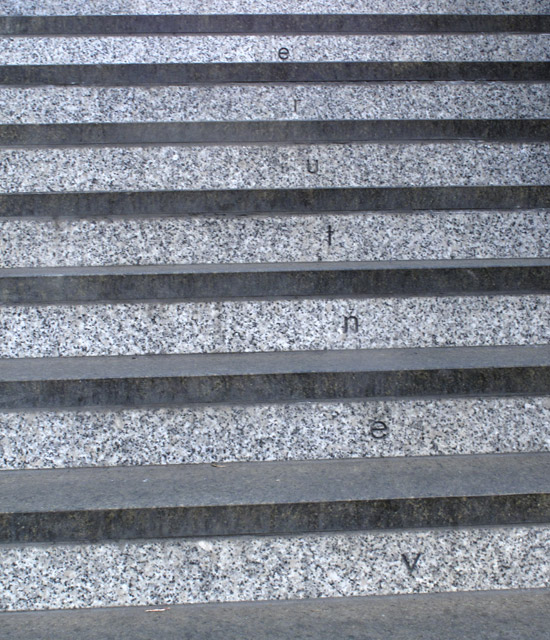
Immediately out of the station, we were greeted into Chinatown by the 45 foot high Chinese Gate, completed in December of 2007, and adorned with the characters saying “Zhong Hua Men”, meaning “Chinese Nationality”. It is typical of the traditional city gates of China and reminded me of a gate I photographed in Xi’an, China, years ago.
We were on a mission, heading to one of David’s favorite spots in Seattle, Liem’s Pet Shop in the Maynard Alley. Unfortunately, they were closed, so there was no visiting with the diverse menagerie.
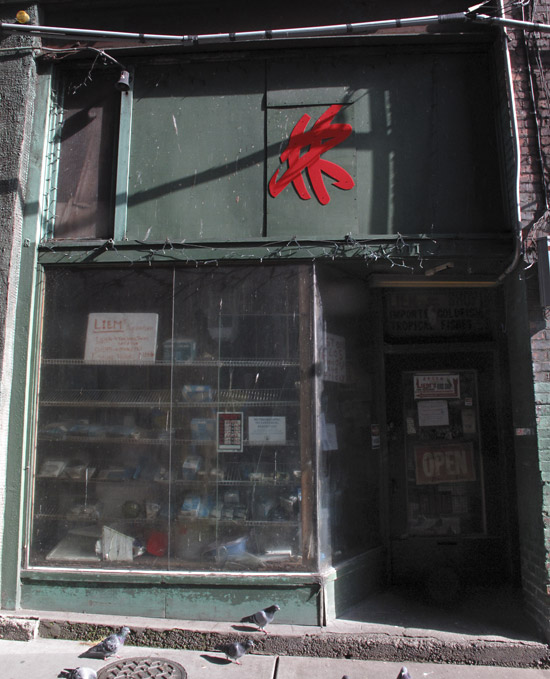
We wandered around, smelling good food, but not stopping to eat. (Why?) We passed the relic of an old dim sum shop and stepped into an art studio and gallery on Jackson Street. The painter’s calligraphy had a sort of Parkinsonian jitter to it, which made it quite distinct.
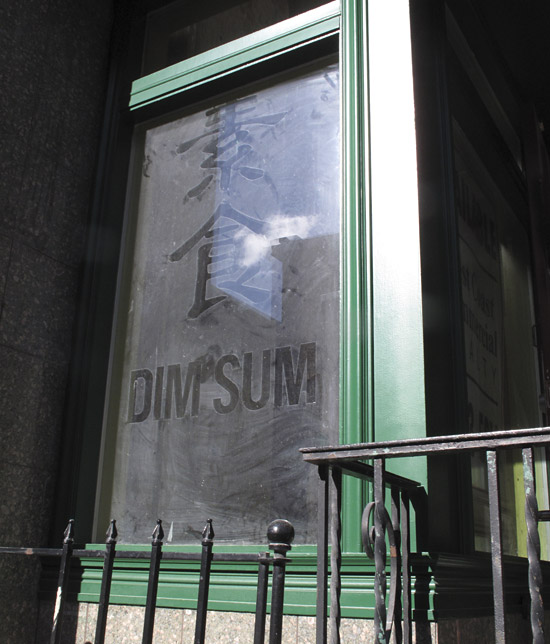
Though contemporary, this poster harkens WAY back.
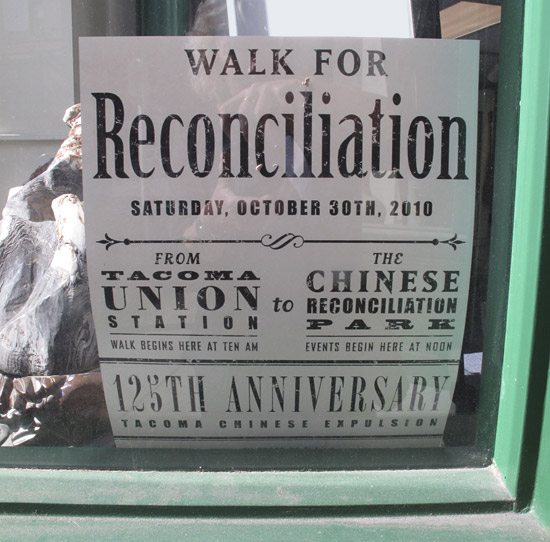
We returned to the station, reboarded Metro, and headed north back through town. Intending to get off at University Street, we overshot our stop and so, got off back at Westlake Center. We arose to street level and walked over to the Rainier Tower, designed by Minoru Yamasaki. It was completed in 1977, and I remember that people were freaked out because it appears to be like a pencil standing on its point; all were convinced it would fall over.
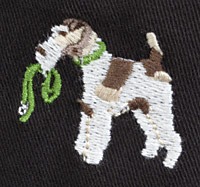 There is a long tunnel under the Tower, filled with historic photos of Seattle, Boeing and the local neighborhoods. After coming up from under the Rainier Tower, we started walking toward the waterfront along Union Street. One of the most ridiculous things I saw on our tour was a pair of pants displayed in the window at Brooks Brothers. They were embroidered with silly little doggies from top to bottom! Tell me, WHO would buy such pants? (Who would conceive of them and put them into production?!) Seeing these pants in the window stopped me in my tracks and had me laughing. Looks like this dog has his leash and is ready for a walk.
There is a long tunnel under the Tower, filled with historic photos of Seattle, Boeing and the local neighborhoods. After coming up from under the Rainier Tower, we started walking toward the waterfront along Union Street. One of the most ridiculous things I saw on our tour was a pair of pants displayed in the window at Brooks Brothers. They were embroidered with silly little doggies from top to bottom! Tell me, WHO would buy such pants? (Who would conceive of them and put them into production?!) Seeing these pants in the window stopped me in my tracks and had me laughing. Looks like this dog has his leash and is ready for a walk.
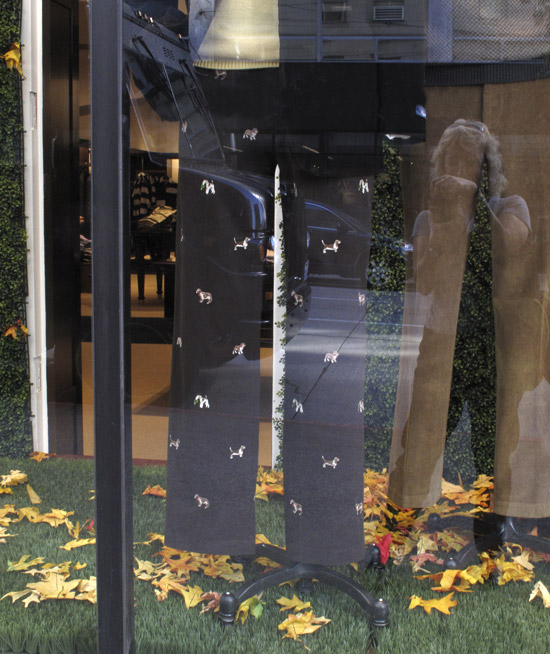
Here’s a job for the not-s0-faint-of-heart… We looked up and saw window washers on a beautiful afternoon.
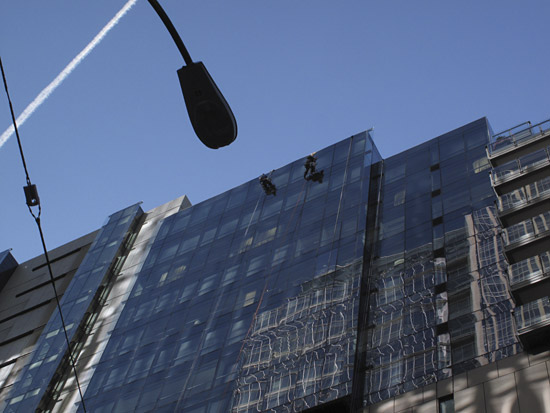
At the west end of Union Street is one of hilly Seattle’s many stairways, this one leading down toward Western Avenue and the waterfront. We climbed down, arriving at the Seattle City Light power station with its metal, floral-reminiscent barrier (instead of razor wire), and then stepped into the south end of Post Alley.
Arrive at… The Bubble Gum Wall! David had told me about it months before leaving Milano, so I was looking forward to seeing it, to which he responded: “You have blown it up beyond all expectations. It is only a 20 foot section of a brick wall between two doors on a brick roadway, with 30,000?? bubblegum wads up to thirty feet from the ground, in every color imaginable, with sculptures of gum and inserted objects. That’s all.”
The Bubble Gum Wall is at the south end of Post Alley at the Pike Place Market, accessed through a short “tunnel” roughly under The Pig by the flying fish stall.
It’s grown since David last saw it, and far outmeasures his 20 foot estimate. It’s a draw for tourists and locals alike. One girl was taking a picture of her friend who wanted to LOOK like she was licking the wall, but was terrified of accidentally touching her tongue to the wall in the process. This is THE place for portraits, cell phone cameras always at the ready.
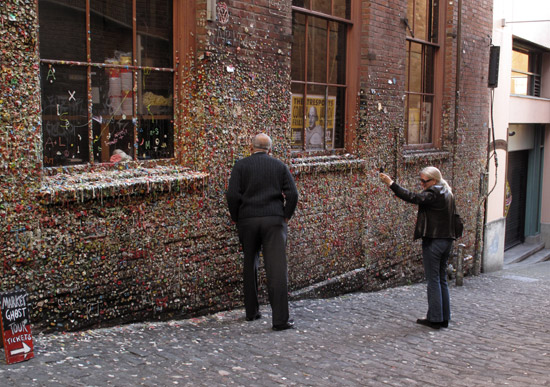
.

What is any city without it’s share of graffiti? Love it or hate it, there are times when it’s just plain gorgeous. This is rich like fabric, with its step-and-repeat stencil.
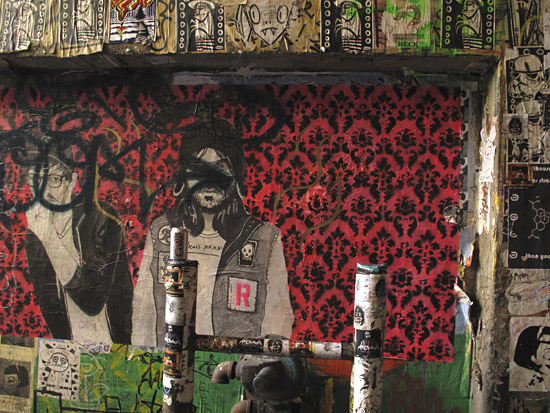
Of course, after covering Seattle, end-to-end, on foot, it was time for another pit stop and the Market was a perfect spot. There are several public restrooms hidden in the rabbit warren maze that is the Market. We went to the two that are just down the stairs from the flying fish. Black and white tile male and female figures stand outside the doors. Inside the doorway, the icons become more scientific: “XX” and “XY” figures indicate gender. (I wonder what percentage of the population knows the significance of those letter combinations.)
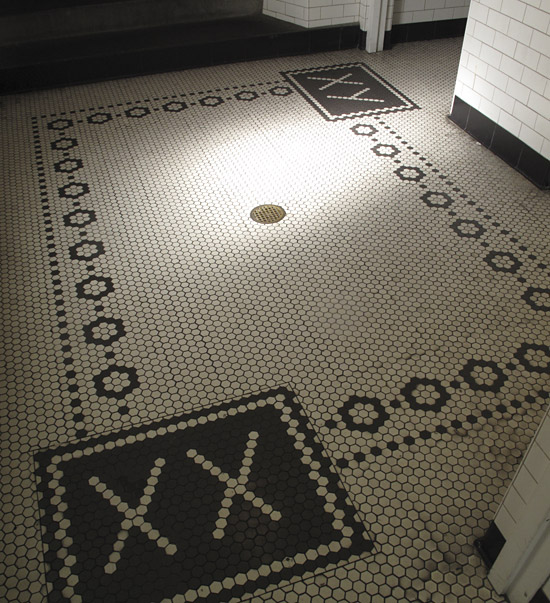
And it wasn’t until I was leaving that I realized that the wall tiles inside the bathrooms form Morse Code! Too bad I didn’t photograph the whole message.
(Update, December 21, 2010. The last time I was at the Pike Place Market (a couple weeks ago) I went back into the restroom and wrote down the full morse code message. I had only photographed the first portion of it before, which was enough to guess the meaning, but my second visit confirmed it: “Meet the producer.” Ahhh. That’s what it says over one of the fruit stands, regarding meeting and buying directly from the growers. How many people have 1) ever noticed that it’s Morse Code, and 2) if they’ve noticed, have decoded the message?)
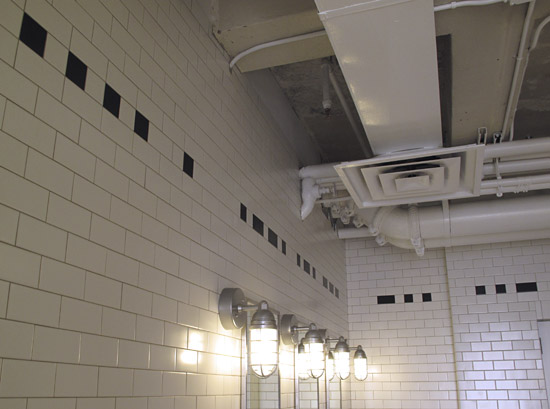
Time for a mid-afternoon bite to eat while we strolled: a half-dozen deep-fried morsels from the Daily Dozen Doughnut Company (right across from DeLaurenti’s). They tumble directly out of the hot oil, and into bowls of powdered or cinnamon sugar.
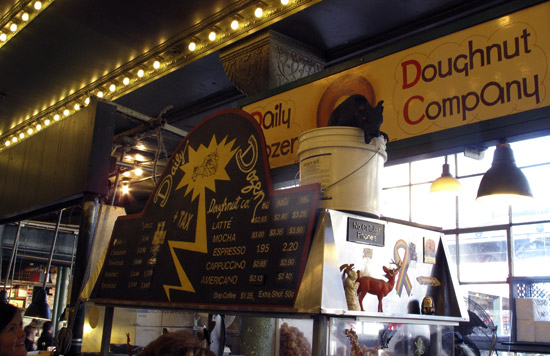
Gobbling piping hot doughnuts, we wandered to Tenzing Momo… a neighboring toy store… the belly dancers’ clothing store… and the Magic Shop. I’d been wanting to buy one of those trick balls that won’t roll in a straight line but rather wobbles aimlessly. (It’s a physical representation of how I’m feeling these days, still needing to re-establish my direction.)
This was my second Magic Shop in less than a year! The other one was Mayette Magie Moderne in Paris at Christmas time. Don’t you love the drawers of treasures in an old magic shop?
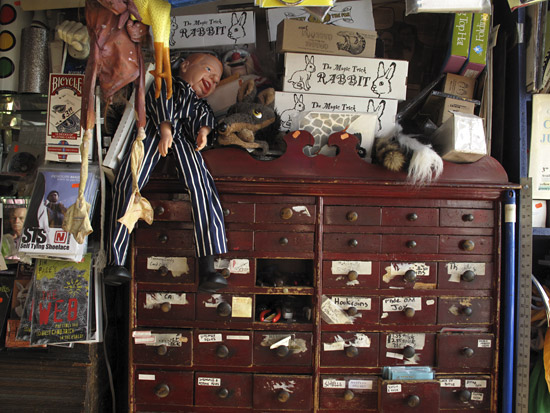
As a teenager I used to go to the Pike Place Market and wander its historic “bowels”… the many unlevel walks, ramps and stairs leading to tucked-away shops selling oddities. I still have the long strand of glass African trading beads that I bought for a quarter each. They’re worth a fortune now.
The Giant Shoe Museum is marked by a great example of the classic circus-style bills.
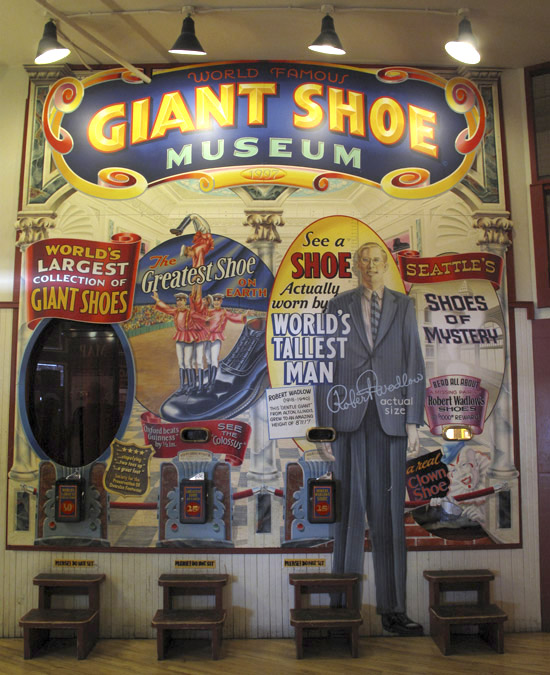
I’m amused by the visual treats that we encountered from one end of our Seattle tour to the other. Look at this light fixture near one of the Market stairways. These touches add humor and visual flavor to a city.
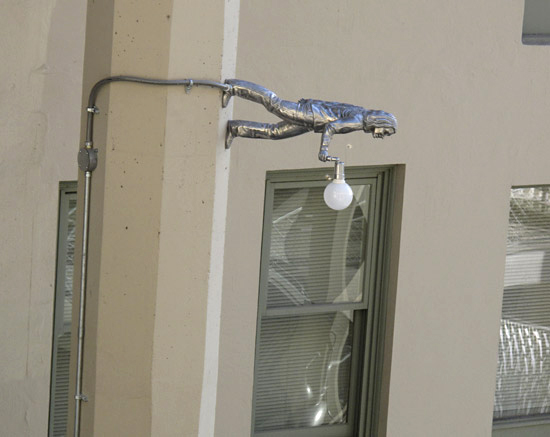
After our doughnuts had settled and we had walked past the endless food, craft and flower vendors, it was time for a real lunch. David took me to the Piroshky Russian Bakery, where we bought smoked salmon piroshky.
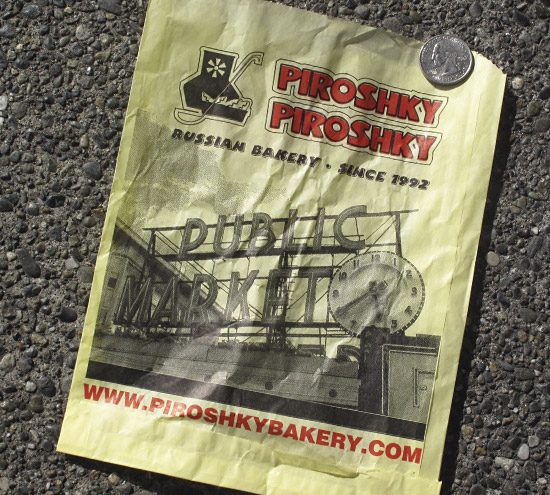
We walked to the wall-mounted tractor seats and perched there to eat and chat.
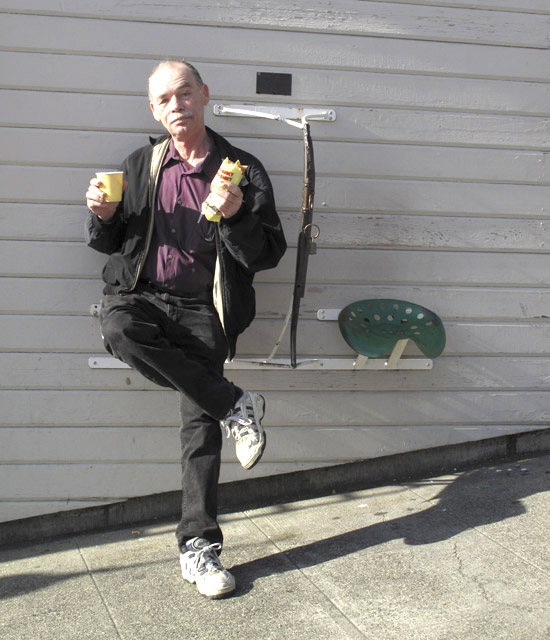
The tour was winding down, and we walked back over to Westlake Center where there was a giant chess game in progress. The fountain (to the left, below) was now flowing, so we both splashed through the tunnel of water. It’s a good thing I had put my camera away beforehand! It was much wetter than David had remembered, and I was drenched afterward.
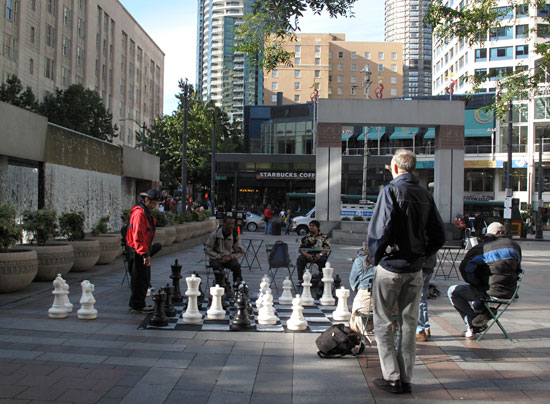
We had lucked out with a sunny, fresh Autumn day in Seattle. David and I stood on the south balcony of Westlake Center’s food court and watched the people go by.
The paving pattern is derived from a Northwest Coast Salish basket from the collection of Dr. Allan Lobb, first executive director of Swedish Medical Center (now deceased). He was the one that let me walk out of his condo 20 years ago with 4 of his 100-year-old baskets to use as photographic references for my paper models. I am thrilled every time I see this broad and beautiful paving that enlivens this plaza and roadway. (It reminds me, again, of the foreign pavers I’ve loved.)
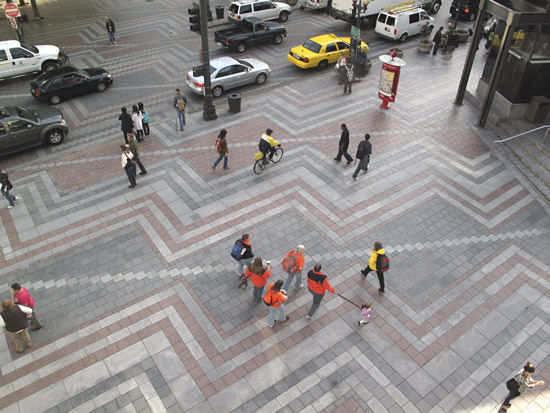
OK. Tell me. WHY would a woman be walking through the middle of downtown Seattle carrying a lifering?
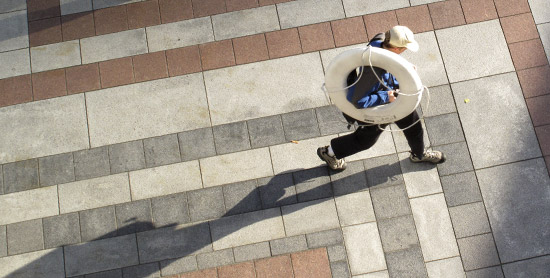
Seattle cops have two types of saddles to choose from.
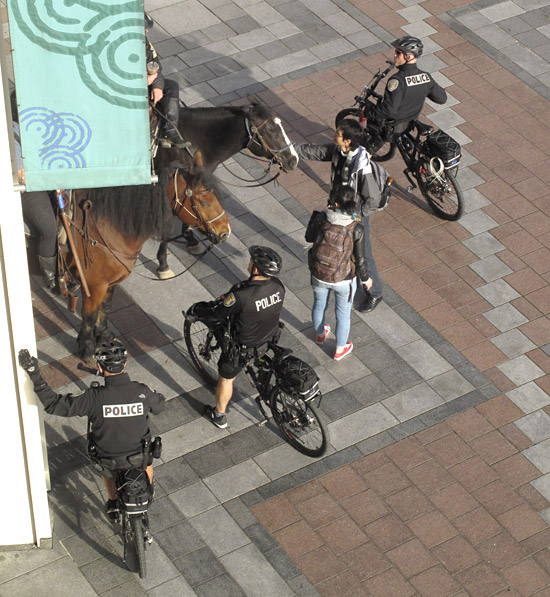
We rode the Monorail back through town, hovering over the city streets, and emerged again through EMP. The afternoon light bounced off the deep violet tiles of the museum, and colored the structures across the way. The tour was finished with a slow amble around the Seattle Center, viewing the scattered artwork in the shadow of the Space Needle.
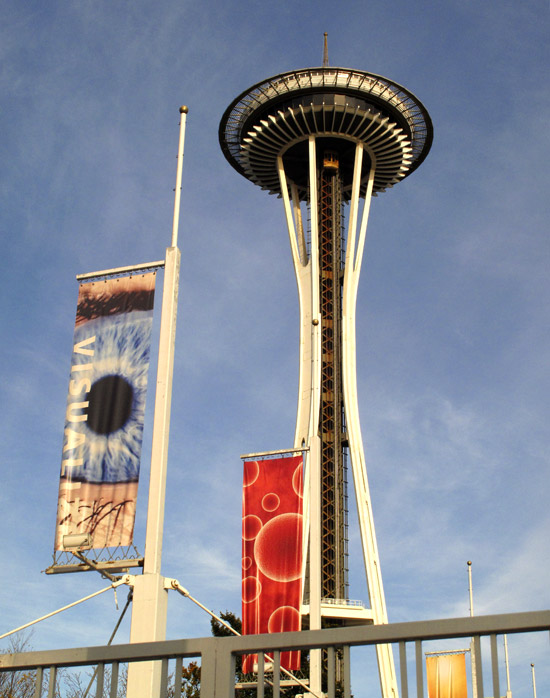
I was leaving town on a Friday evening at 5:00, getting onto the Viaduct with the rest of traffic. It reminded me of why I’m glad I no longer commute, but also pleased me with the waterside view, looking up from the roadway.
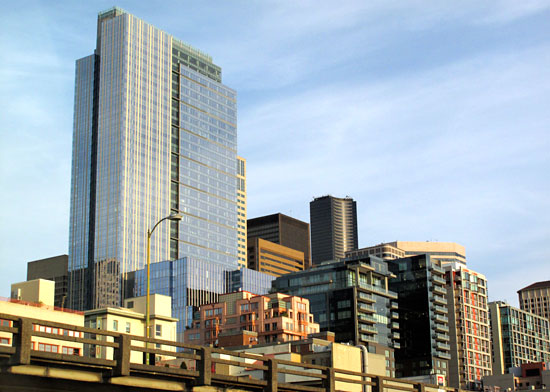
And my impression of Seattle after the day’s tour? There’s ART everywhere! “Art-with-a-capital-A”, and art in small, informal, spontaneous ways. With Seattle’s awareness of and commitment to Public Art, the city has created a visually rich flavor. Go for a walk with eyes wide open.
– – –
For those of you needing computer disaster prevention or rescue, get in touch with David. He’s saved me and my friends countless times over the years!
David Anders – The Computer Guy, Seattle
TEL: 206-286-8438 • davidanders@gmail.com • webpresenceseattle@gmail.com
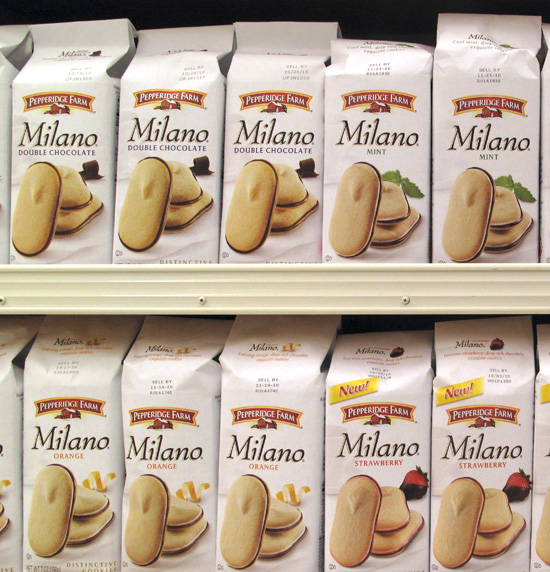
I’m grateful for the little reminders of Italia that I encounter here in Seattle, going about my day. Names for cookies and chips. Old ladies wearing tavern jackets in the “pot pie” frozen food section. “Proud to be Italian” License plate frames. Even shrink-wrapped prosciutto piques my nostalgia, though it’s a far cry from having my favorite butchers slice it off the leg for me.
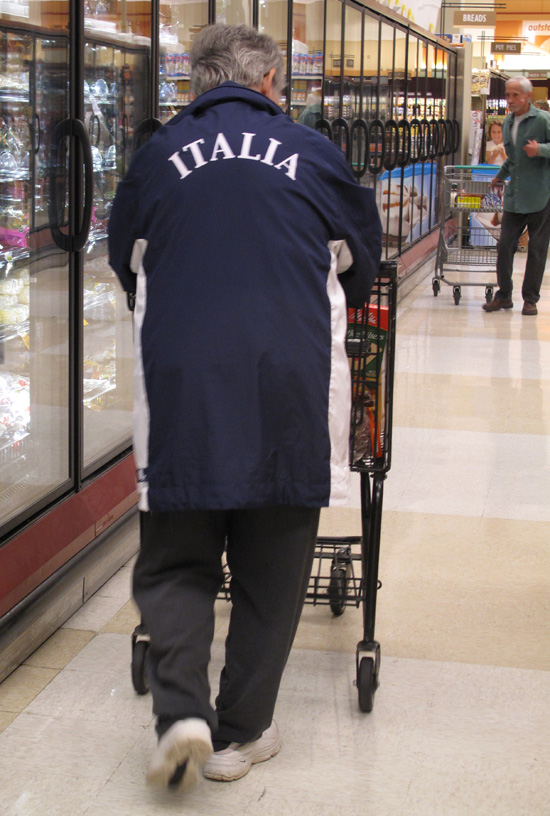
.

.
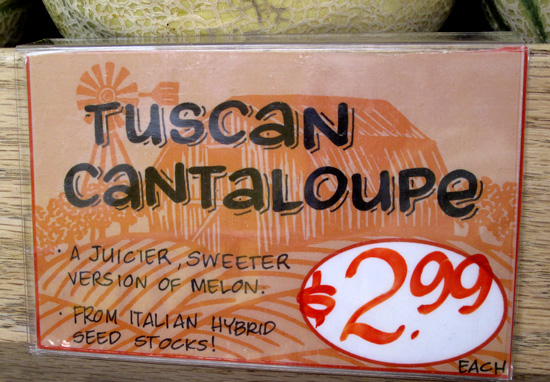
.
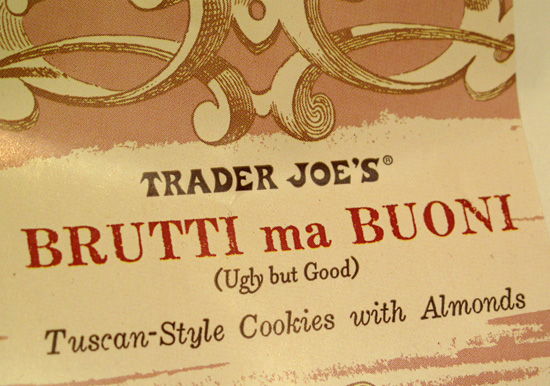
.
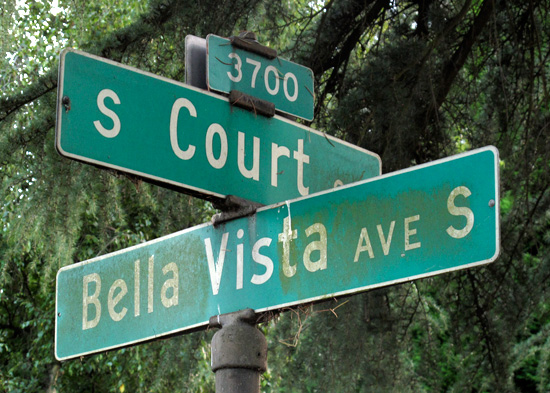

How often do any of us put ourselves in the position to meet so many people in so many ways in so short a time? How readily do we open our lives to the touch of strangers?
I came here to Italy wanting to have relationships and experiences, and to gather images. I have done all of that in greater ways than I could have imagined and I now carry the faces of new friends with me. Their eyes, their voices, our conversations and our laughter will follow me as I leave this place behind. Most I will likely not see again. Some I may. But they have all become a part of my life by stepping into my days here.
Please meet some of the people I’ve met since January.
On New Year’s Eve I wrote about the new friends from my first six months here in Milano.
It is harder to leave them than I had imagined.
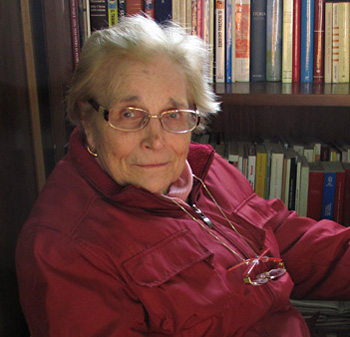
MARY – Italian. She’s 85 and has been working at the cemetery for 15 years. She works with the priest in the small chapel, preparing for the memorial masses. Her “Rotondo” handwriting started me on a quest for classic, Italian penmanship samples.
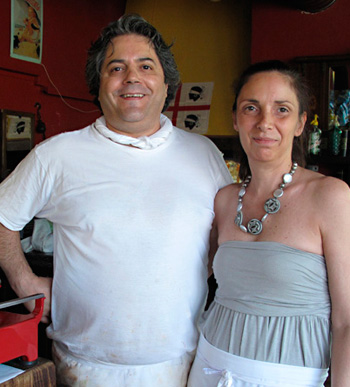
NINNI & AGNESE – Italians, from Sardegna. Dear-hearted, they own the Carlotta Cafe and serve memorable meals.
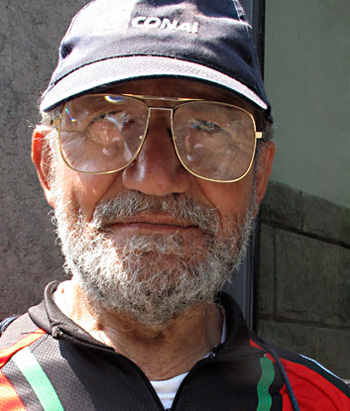
ANGELO – True Milanese Italian. My “History Buff on Wheels”. He showed me some of the one-lane farmland roads that have become my balm and my delight.
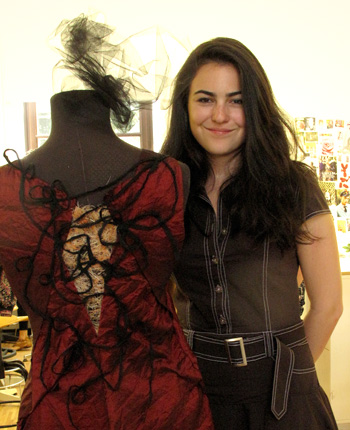
SARA – American. An artist, sculptor and creator studying fashion design in the Summer courses at NABA. Her work is poetic and rich and I anticipate very creative work from her!
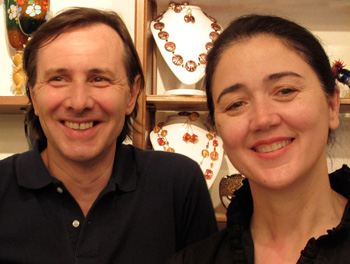
MICHELANGELO & TERESA – An Italian and an American, in Venice. They’ve been married for 15 (or more?) years and are the only sellers of the most beautiful glass beads in Venice.
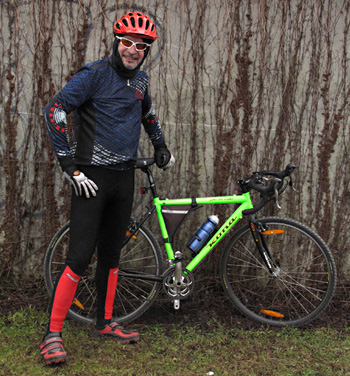
BRUNELLO – Italian. We had a freezing-cold bike ride together in the middle of January. Brrr!
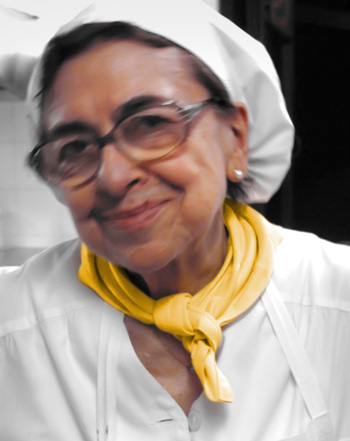
SIGNORA ADA – Italian, and Venetian restaurateur. She’s an imp with a sparkle in her eye.
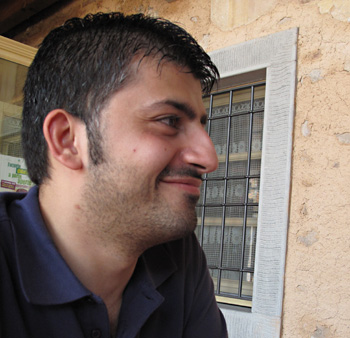
ALESSANDRO – Italian. He’d love to move to the U.S.
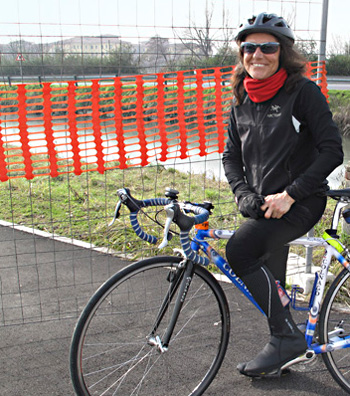
NICOLETTA – Italian. A WOMAN on the bike path! A rare sight, so we talked about it.
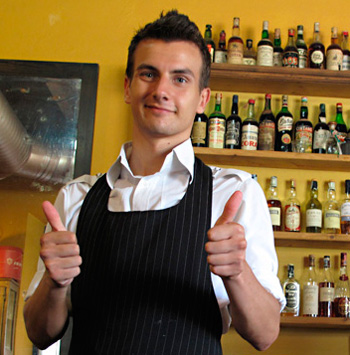
ERIK – Italian, with Sardegnan family roots. He served me octopus and potatoes several times.
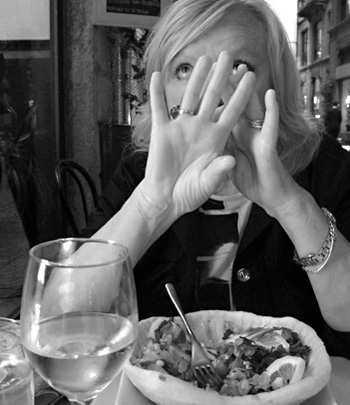
EWA – Polish. My first independent, spontaneous friend here in Italy.
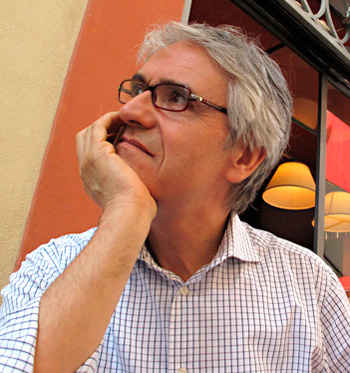
CLAUDIO – Italian, from Genova. He and his wife, Marina, hosted me for an impromptu city tour and lunch.
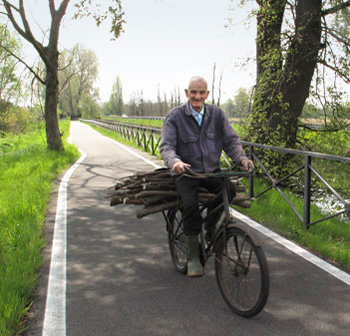
LUIGI – Italian. Industrious and resourceful, gathering firewood and compost along the canal to carry home on his bike.
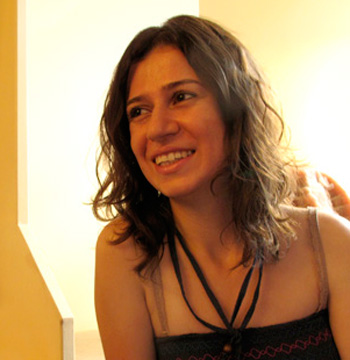
MELTEM – Turkish. One of the “Aperitivi Girls”, we know each other through the Italian language classes.
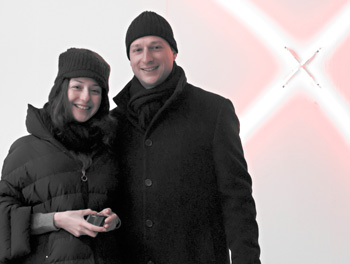
SANDRA & MATIA – Turkish and Italian. Sandra and I met, like many others, in our Italian language class. With our interests in Art and Design, we have much in common. We traveled to Bologna together, with Matia, for a wintertime, city-wide Arts exhibition.
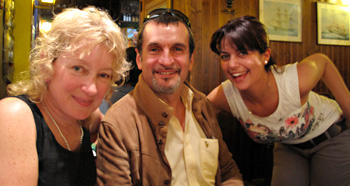
MAUREEN, BRUNELLO, NOEMI – 1 American and 2 Italians. Brunello and Noemi are with NABA, and there were several of us together at the Mayflower Pub, relaxing at day’s end.
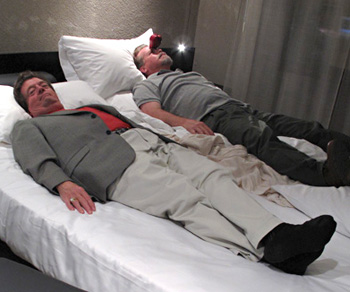
GERRY & CONNIE – Americans. Goofy cousins visiting Milano for one night before they move on to Venice.
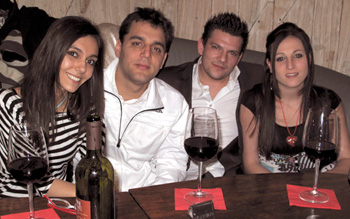
ANAIS & HER FRIENDS – French. Anais and I were in Italian language class together. Her friends came over for the weekend to celebrate her birthday.
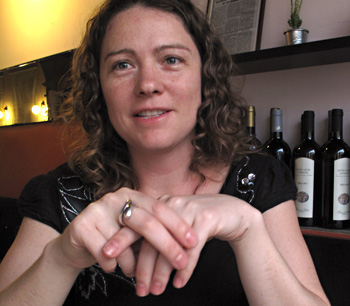
ASHLEY – American, from Chicago. She’s studying photography at a school nearby.
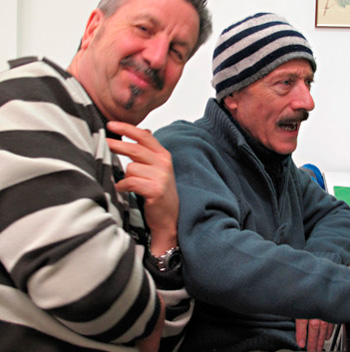
CARLO & VICENZO – Italians. Dressed like jailbirds and co-guests at an impromptu aperitivo.
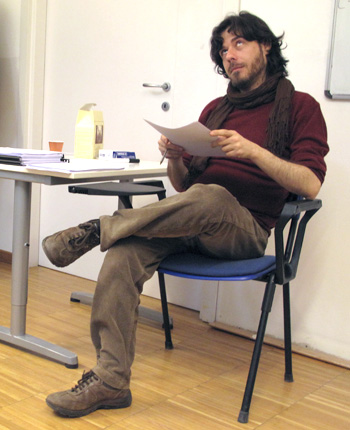
ROBERTO – Italian, from Milano. He was our beloved and silly Italian teacher. He made the 3-hour-a-day class a kick-in-the-pants. We all joked a lot.
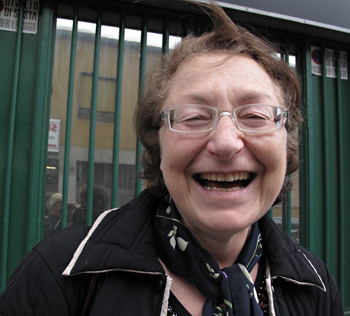
MARIA – Italian. We met at an ONAV gathering and enjoyed an animated conversation. She’s a dear.
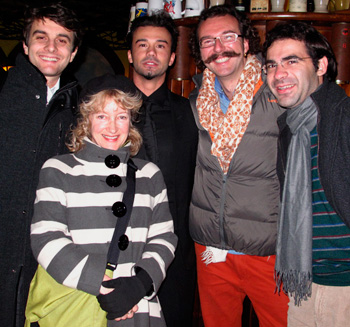
CESARE, MAUREEN, ROBY, VALERIO, ANTONIO – 4 Italians and an American girl. I was surprised to find that I had been seated at a table of men at a wine-tasting event.
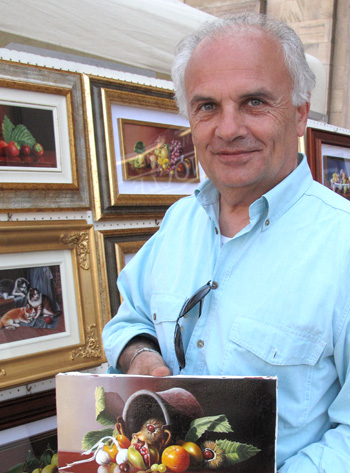
NINO – Italian. His oil paintings are exquisite and two of them will hang in my home in Seattle.
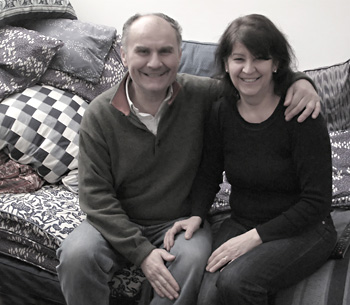
MARCELLO & RAFFAELLA – Italians, from Bologna. The three of us have an American friend in common. That bond alone opened their door to me. They invited me in and we talked for hours. A lovely couple offering cooking tours of Italy, through Bluone Cooking Tours.
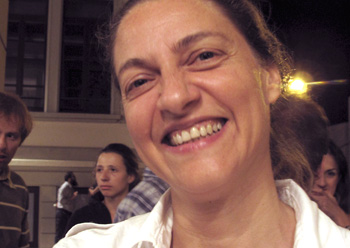
TANIA – Italian. Leader for NABA’s Fashion Design Program. A fine, bright woman that I’ve only caught a hint of.
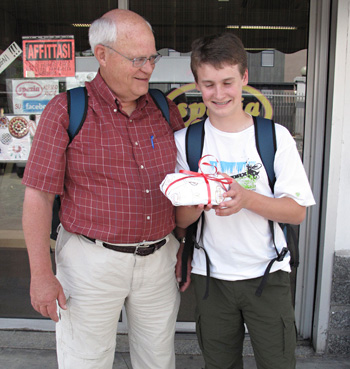
EARL & MATHEW – Americans. Long-time family friends, here for a whirlwind tour of Italy and lots of pizza and pastries.
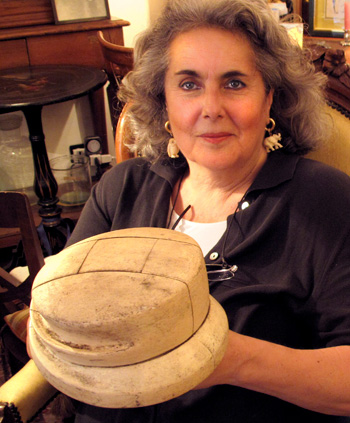
MARINA – Italian, from Genova. We met when I bought hat forms from her at the antiques market along the Naviglio Grande. Later, she and her husband hosted me for a day in Genova.
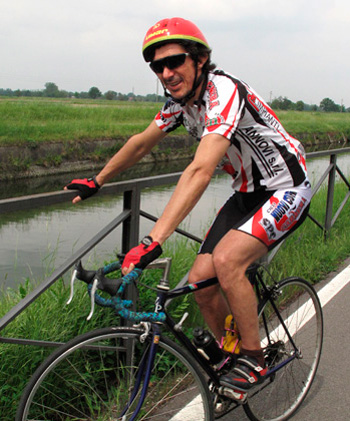
EMILIO – Italian. A friend from my cycling community.
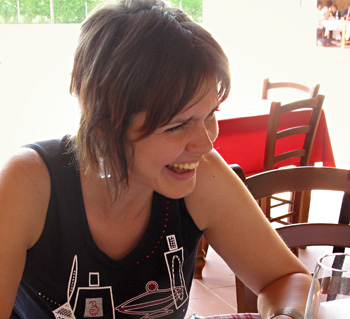
FEDERICA – Italian. A fellow student from the wine-tasting class.
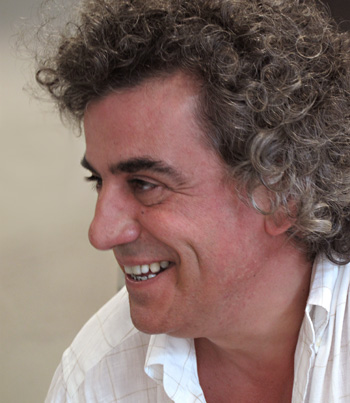
EUGENIO – Italian. The teller from my bank.
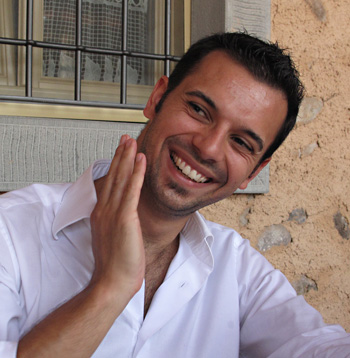
GIUSEPPE – Italian. Another ONAV wine-tasting student.
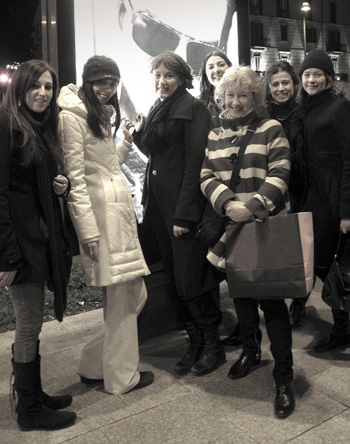
THE APERITIVI GIRLS – French, Australian, Turkish, American. We are linked by our Italian language studies and have gotten together once-a-month or so. We speak in multiple languages at our table.
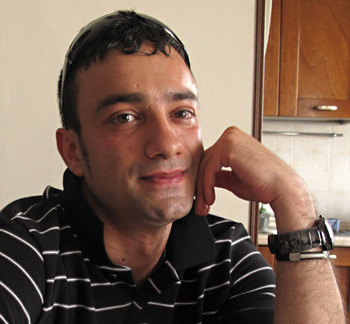
HASSAN – Iranian. A fellow language student.
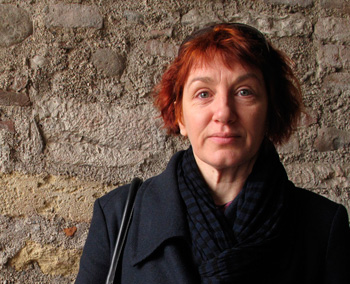
KERYN – Australian/New Zealander. Another of the group of women that meets for aperitivi now and then. We traveled to Verona together for a weekend.
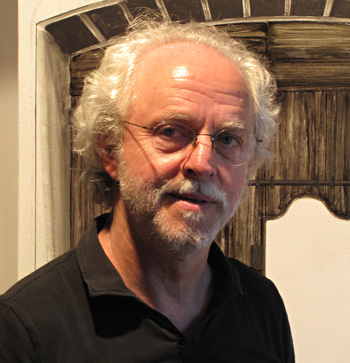
LOREDANO – Italian from Veneto. He’s a painter with a studio along the Naviglio Grande. If you scramble a few letters of his name, you get “Leonardo”.
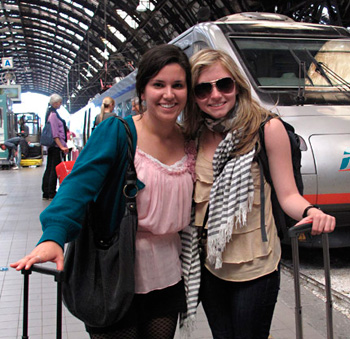
ZIBBY & HANNAH – Americans, daughters of friends back home in Seattle. We had less than 24 hours together, but they were full of conversation and curiosity.
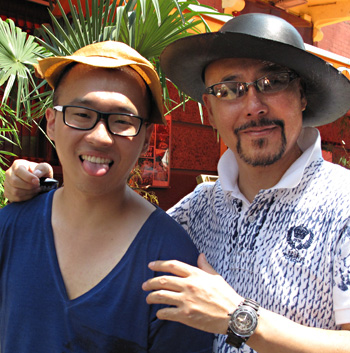
MAKO & QING SHENG – Chinese. We ate our lunches side-by-side, then strolled the antiques market together, 2 Chinese and 1 American speaking Italian, our common language.
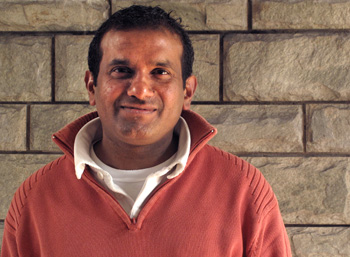
THUSHAN – Sri Lankan. Our “portiere”, Thushan keeps our office/apartment building running smoothly.
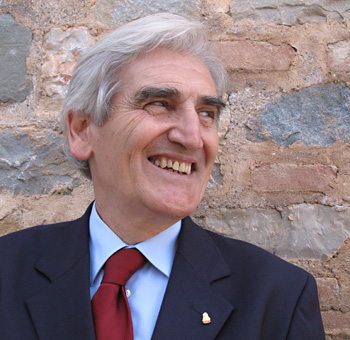
MARIO – Italian. One of the regional heads of ONAV, the National Organization of Wine Tasters.
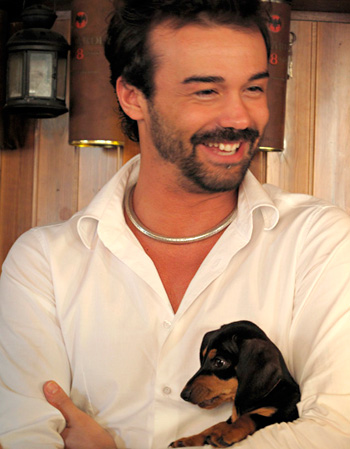
ROBY – Italian. “My favorite bartender”, which makes it sound like I’m always at the bar… but he hosts many of the student social evenings at his Mayflower Pub, so I’ve been there a number of times. Or sometimes, when walking by, I’ll stop just to say “hello”.
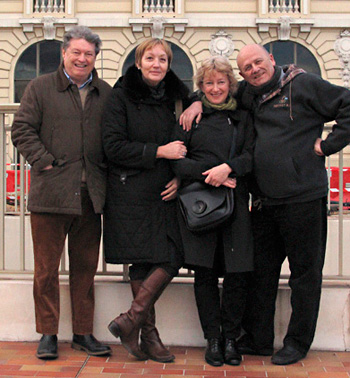
MAURO, SANDRA, MAUREEN, SANDRO – 3 Italians and 1 short American. My landlords and a friend of theirs, all from Sanremo on the Italian Riviera. We were in Monaco for the day.
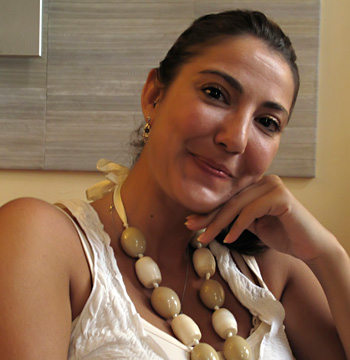
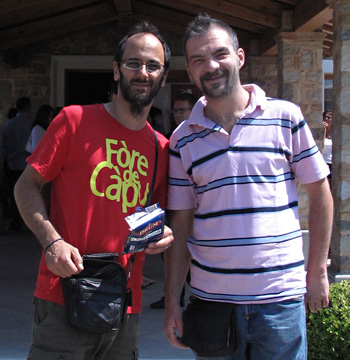
ROCCO & GIANNI – Italian. ONAV wine tasting students. One night, class was getting out very late, close to 11:30 at night, so several of us left early to head to the subway before it closed. Gianni had a nice red wine in his glass still, so he walked down the street, into the subway and onto the train, sipping his red. (Never in the U.S.!)
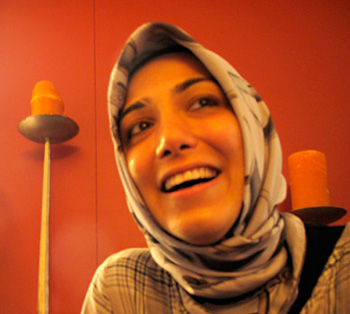
OZDEN – Turkish. Another friend from my Italian language classes and one that joins the group for aperitivi.
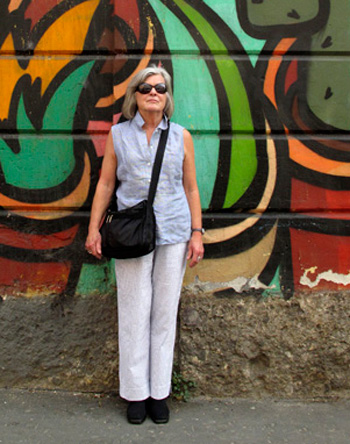
SALLY – American. A dear friend and art lover from Seattle that came for a visit and “Maureen’s Eye View” of Italy.
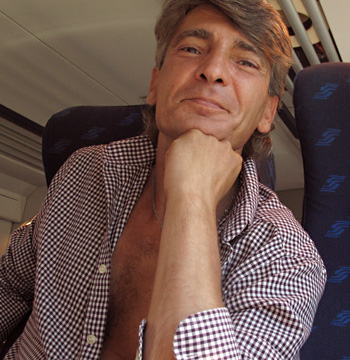
SALVATORE – Italian. Comically stereotypical while trying to “score” on the 2-hour train ride. He said it was a hot day and that’s why he was unbuttoning his shirt down to his navel. Yeah, right.
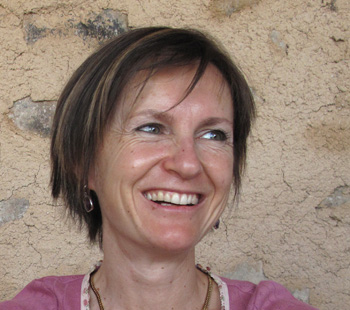
VALENTINA – Italian. Another friend from the ONAV wine tasting class.
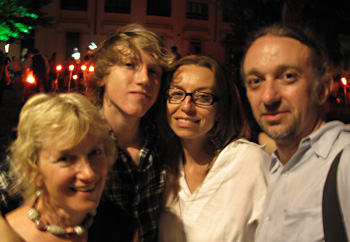
MAUREEN, QUENTIN, BEATA, PAOLO – 2 Americans, 2 Italians. We met at NABA and ended laughing through the evening and planning a cycling tour of Italy for the future.
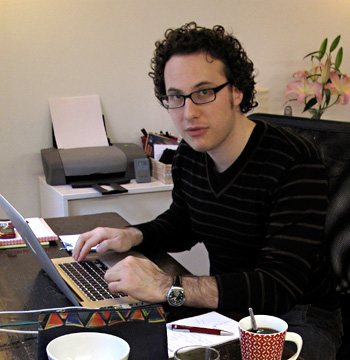
OMAR – Italian. Omar sat next to me in the ONAV wine-tasting classes and speaks a bit of English. If I didn’t understand what was said in class, I could glance over at Omar’s notes and see if I could understand what he had written.
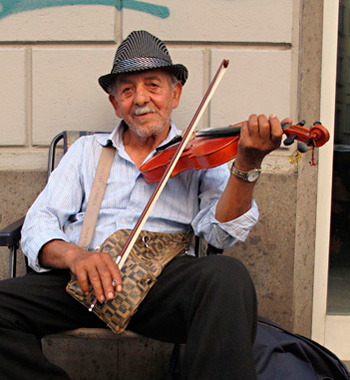
PIERO – Italian. We saw each other a couple of times along the street and exchanged a nod and some music.

Journal Entry: 24 Luglio
The bus just left Aosta, heading back to Milano. I have been visiting my friends, Ewa and Piotr, in Cogne for two days where the “uniform” is hiking shorts and boots, muscular, suntanned legs, and walking sticks. The street signs are in French [and Italian] and at any time I can hear a half dozen languages.
The buildings have fish-scale, slate rooftops, with an undulating alignment. They all look the part of a Hobbit’s house with stone, scroll-cut wood, lichen patches and shutters.
I like this old couple. I wonder how long they’ve lived in Cogne.
He’s not afraid of cherry red pants!
.
.
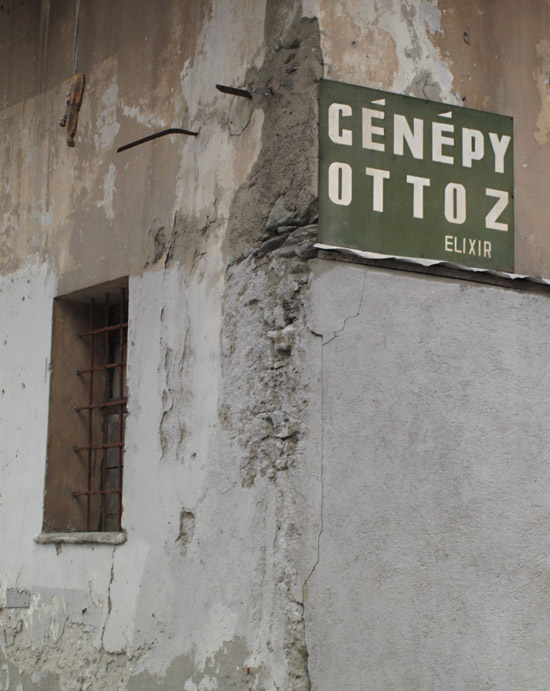
.
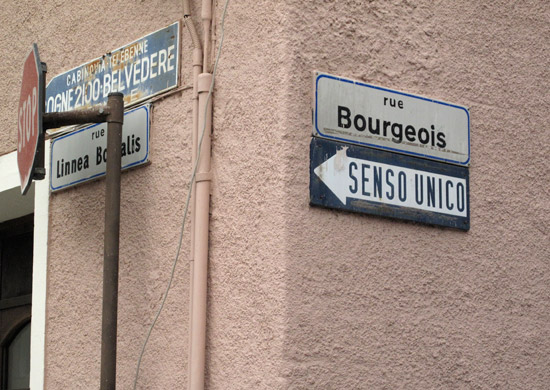
I have had to remind myself that this, too, is Italy.
– – –
Cogne draws tourists from all over Europe, especially those interested in the many miles of mountain trails and climbing routes ranging from easy-to-difficult. The town is at the start of a valley that leads to the Parco Nazionale di Gran Paradiso, the National Park of “Great Paradise” Mountain.
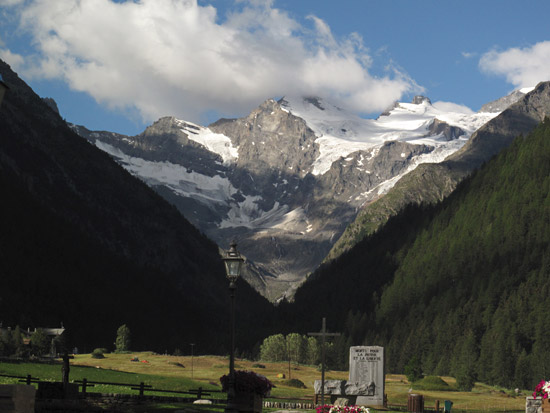
Attend the Italian School of Skiing here in Cogne.
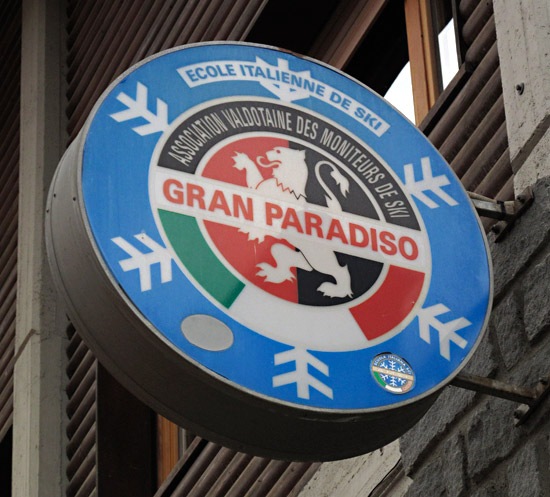
The town center is a hub of cafés, food stores, services and gift shops. Aosta’s regional bus company, Savda, makes its loop in the area at villages along the valley between Aosta and Cogne. (It also runs to and from Milano.)
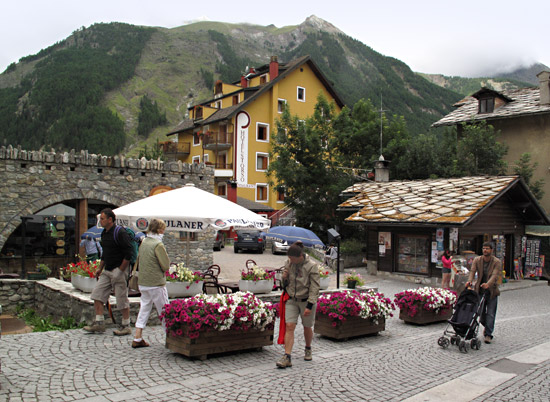
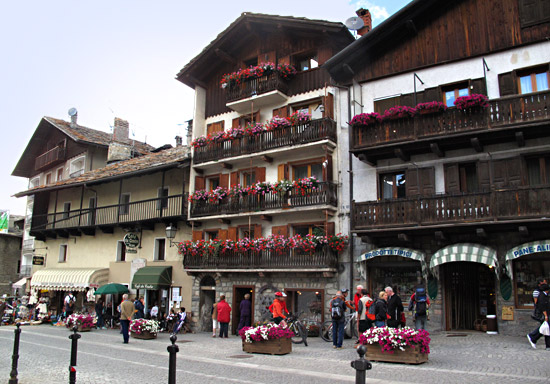
Looking north down the valley from our rented house, the view shows the one main road that passes through the few blocks of town. Parking is almost absent in the town center, bowing to the heavy pedestrian traffic, so a lower lot is available for cars and motor homes.
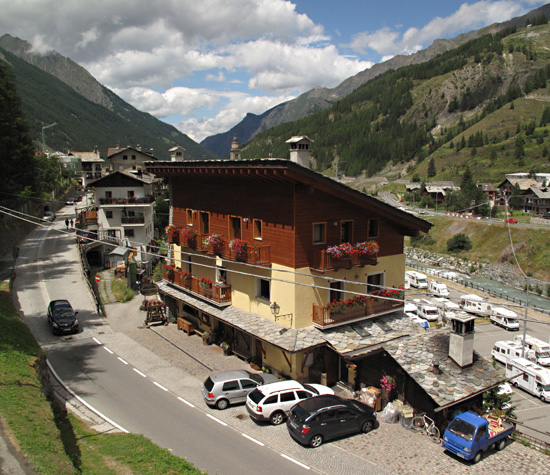
Not surprisingly, the shoe stores in town sell hiking boots and sturdy walking shoes.
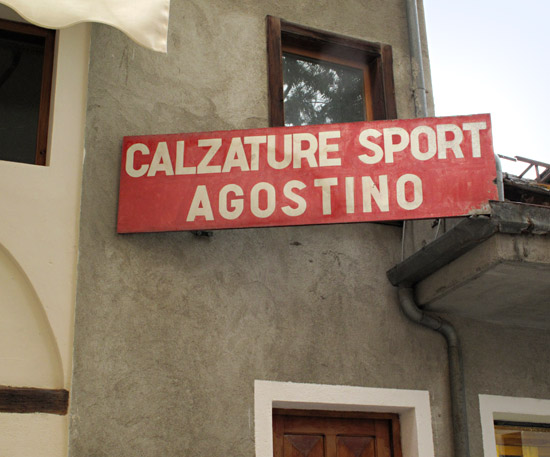
The date on the clock on the wall of the Casa dell’Orologio – Clock House – says “1806”.
And someone has an incredible salad garden going!
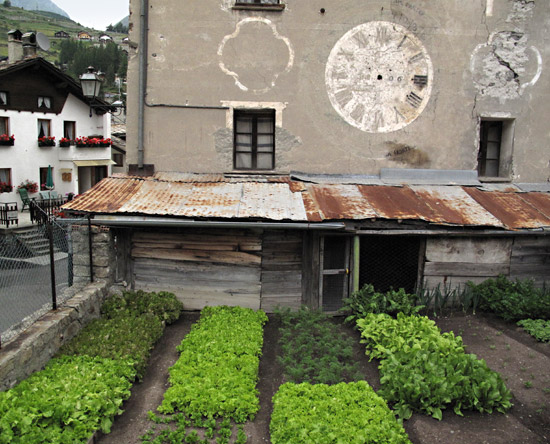
Here’s the backside of the clock building.
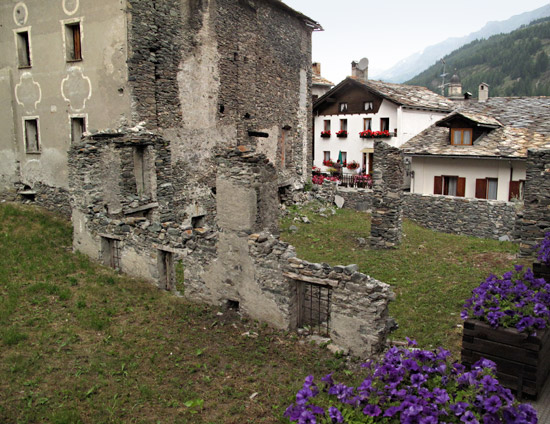
Though visitors fill the town, the locals seem to go right on with their daily lives in this mountain village, chatting with friends, sipping a caffé normale – a simple shot of espresso – or making their passeggiata – daily, walking stroll.
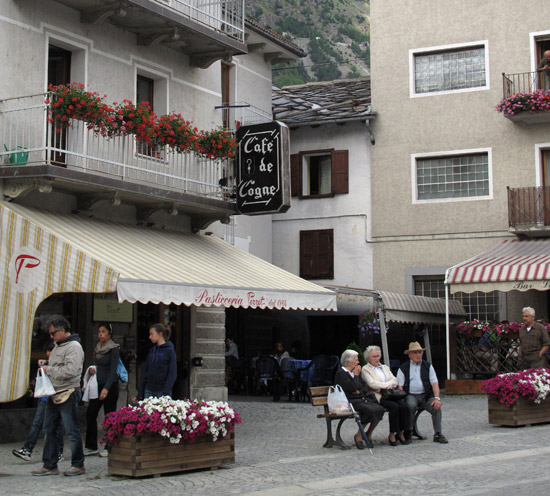
Two women were chatting outside of the small, local fruit and vegetable seller’s shop. They appeared to be locals and long-time friends.
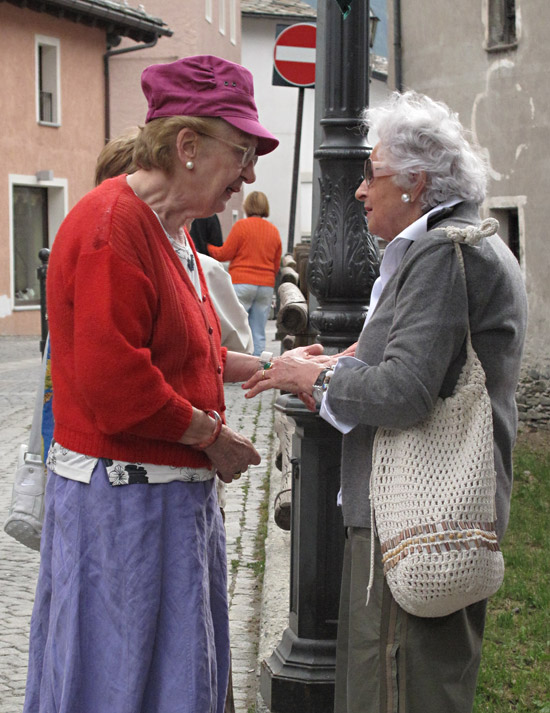
There’s plenty of lodging available, in the center of town and around its edges.
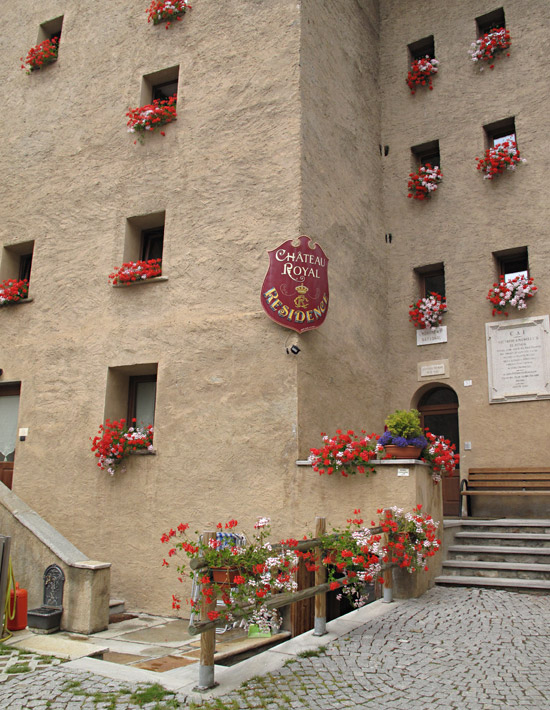
.
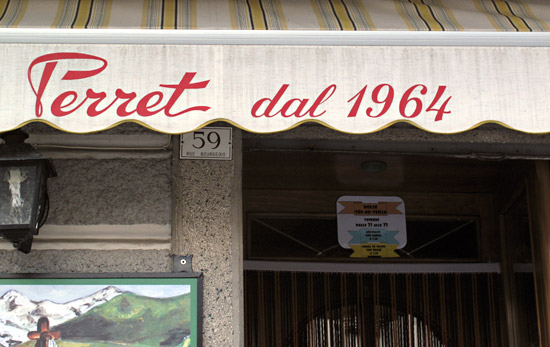
Though the town of Cogne is pristine and quaint, that doesn’t seem to be a show put on just for the tourists. I got the impression it’s always looked about like this. It’s not that Cogne is reminiscent of Leavenworth (WA), Leavenworth is reminiscent of Cogne (and other European regions).
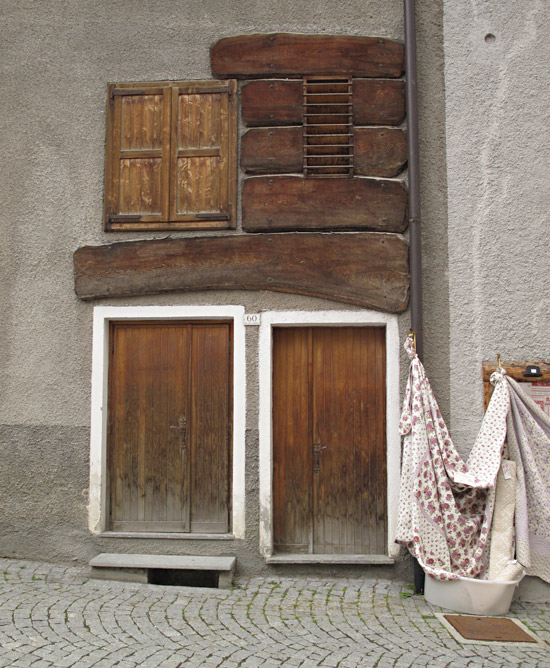
This older home is just up the valley in the village of Lillaz, gateway to local waterfalls.
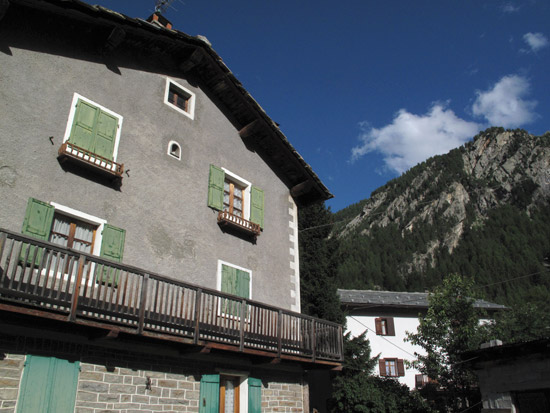
I have seen more sundials in the last year than in all of my life combined. Whether this is really from 1903 or not, it’s quite beautiful wearing its patina.
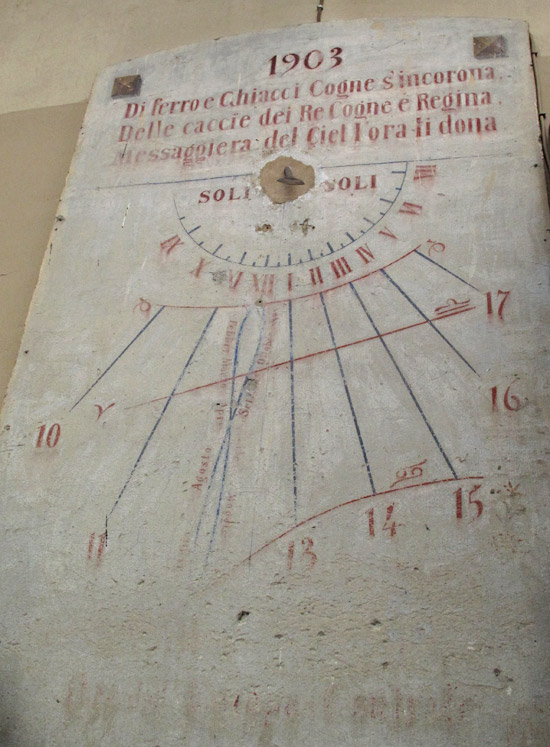
Ewa and I stopped into the local macelleria – the meat shop – to buy some meat for goulash. (She’s Polish.) The butcher scooped up a spoonful of ground, raw meat, much like a “steak tartare” and presented it to us for sampling. I reached out and grabbed a wad with my hands. It was delicious.
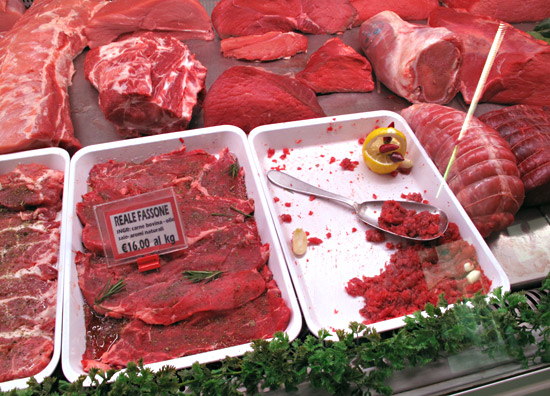
We also asked about the near-black meat in the center, (below), next to the wrapped tongue. The butcher gave us a sample, including a piece for Ewa’s 4-year-old grandson, Filippo. We LOVED it. The meat is raw, yet “processed” by being covered in hot salt. (I had wondered how it compares to Bresaola.) We bought a half dozen slices and Filippo and I fought over them as we ate the meat walking through town, licking our fingers.
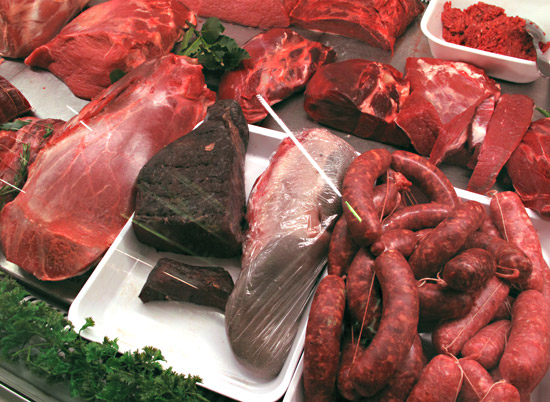
I appreciate that a “Certificate of Provenance” for the meat is prominently displayed on the counter. It tells the ID number for the animal; when and where it was born and raised; and when and where it was butchered! The next day I wanted to go back for more of the “salt-cooked” meat.
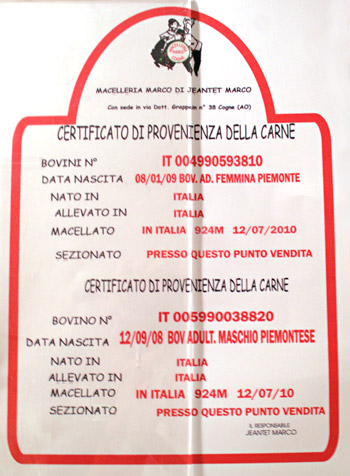
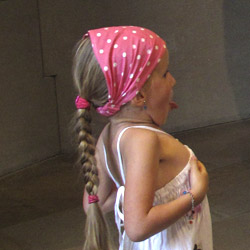
The little girl was unrestrained and so pleased with herself. She and I both saw the humor of her Minnie Mouse joining Michelangelo’s unfinished Rondanini Pietá. As I think about it further, I wonder which creator, Michelangelo or Disney, has had greater cultural influence? (Many would be aghast at my putting those two in the same sentence, but it’s a legitimate question.)
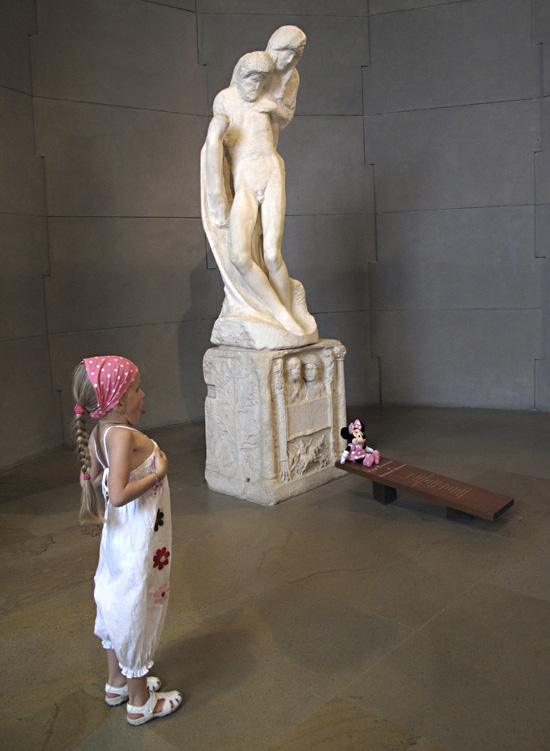
Though I’ve been in and around the Castello Sforzesco, one of the jewels of Milano, a number of times while here, I had not gone in to view the art and history exhibitions there. Before my departure, I wanted to “at least” see the Rondanini. Michelangelo had worked on this Pietá for many years and, they say, even up to a few days before his death in 1564. Here’s a video about the restoration done on the Rondanini Pietá (in Italian, but visually interesting, nonetheless, for those that don’t understand it).
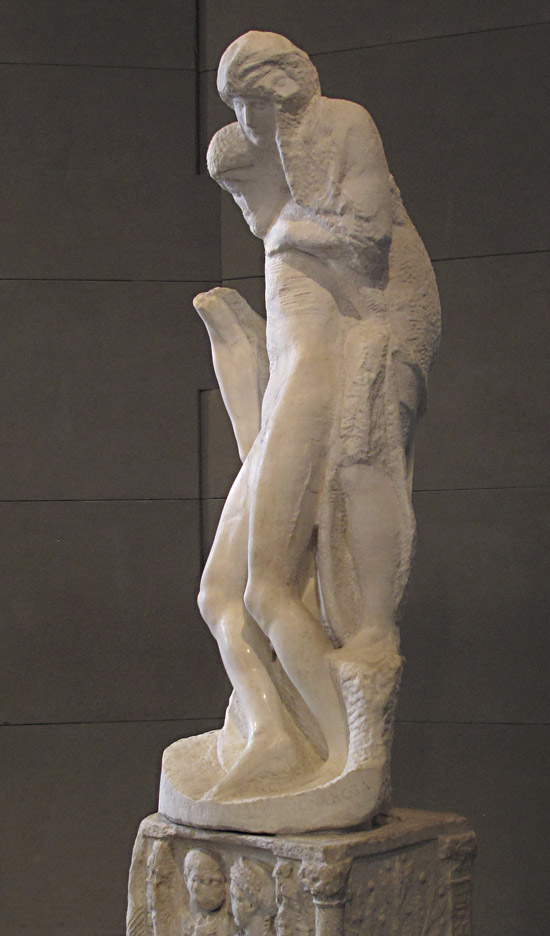

Leonardo da Vinci also left his mark in the city of Milano. He lived here for roughly 20 years and followed not only artistic pursuits, but also military and civil engineering efforts. (He designed water-flow “locks” on the Naviglio Pavese canal along which I ride my bike so frequently.) His world-renowned “Last Supper” is here in Milano at the monastery of Santa Maria della Grazie. Viewing tickets are sold months in advance, and the large salon hosting the wall mural has an atmosphere very carefully controlled to preserve what’s left of the dry fresco.
At the Castello, on the other hand, I readily walked in and bought a 3 Euro ticket to view the whole museum complex. I proceeded past stone remnants from centuries past.
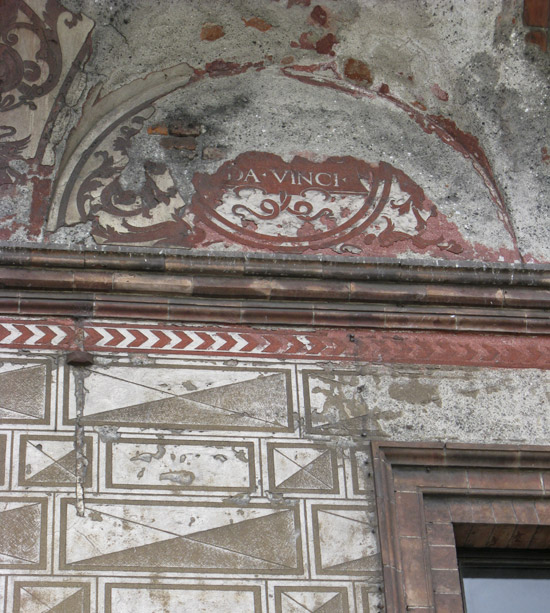
“Court of the Dukes Museum of Art”
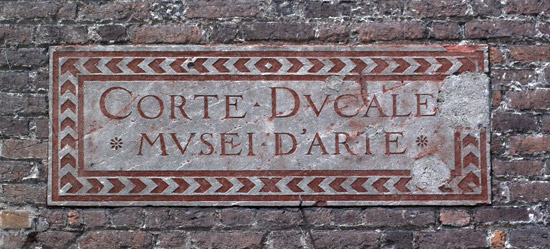
(This letter “P” is for my sister, by special request.)
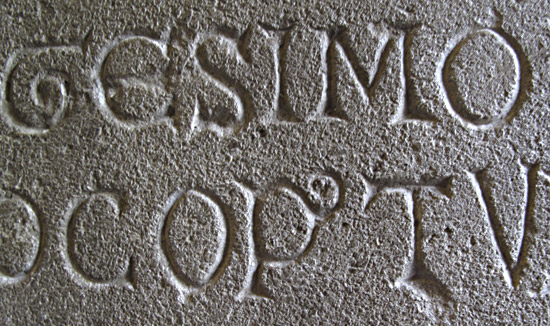
And I was amused by this type correction. (Ooops.)

I walked into grand rooms with elaborately painted ceilings and draped with tapestries, this one of St. Ambrogio, the patron saint of Milano.
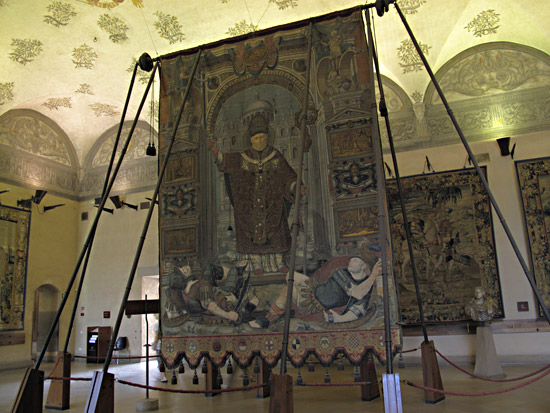
And then I walked into an entirely unexpected and very dark room. The “Sala delle Asse” was painted by Leonardo c. 1498 across the full expanse of its ceiling and down onto its walls. Quite unlike the iconic “Last Supper”, this canopy of foliage, trunks, stone and scrollwork creates a tangle of visual detail. At first glance it looks like a mess, as if the whole surface had been consumed by black mold over the years, with a few, still-vivid blue shields positioned at quarters.
The ceiling has an equally tangled history of “restorations”, including a complete whitewash covering, subsequent cleaning and color “enhancements”. The room was restored again in 1954, undoing the heavy-handed treatments it had suffered in centuries past.
It was a hard place to photograph, but you can find more images here. (Looking at some of them, I can’t believe we were looking at the same ceiling!)
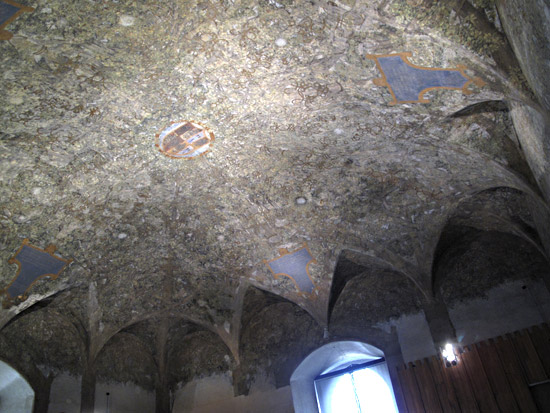
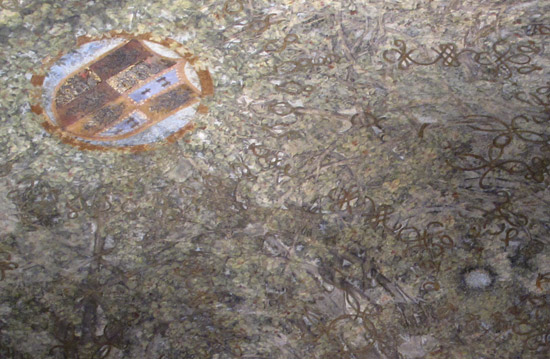
The Castello has a grand inner courtyard, with an interior moat home to dozens of cats! The museum sections are housed in the building ring around the courtyard.
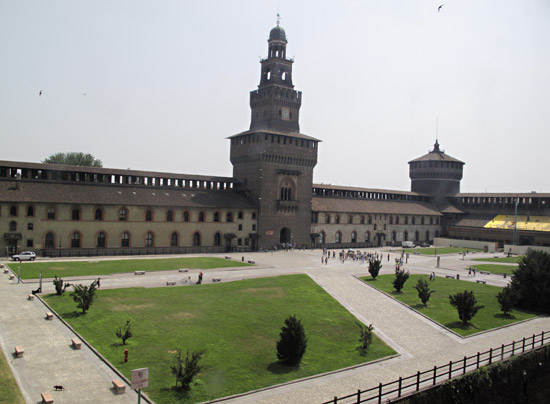
The Castello Sforzesco is a hub and a landmark for the city, stalwart and visible from a distance. One can make the short, straight walk from Castello to Duomo.
